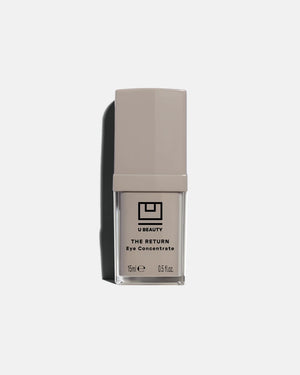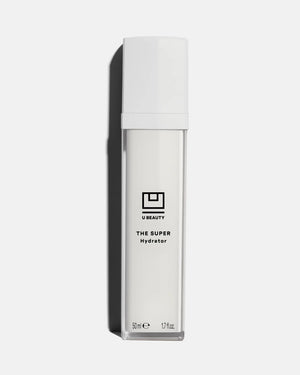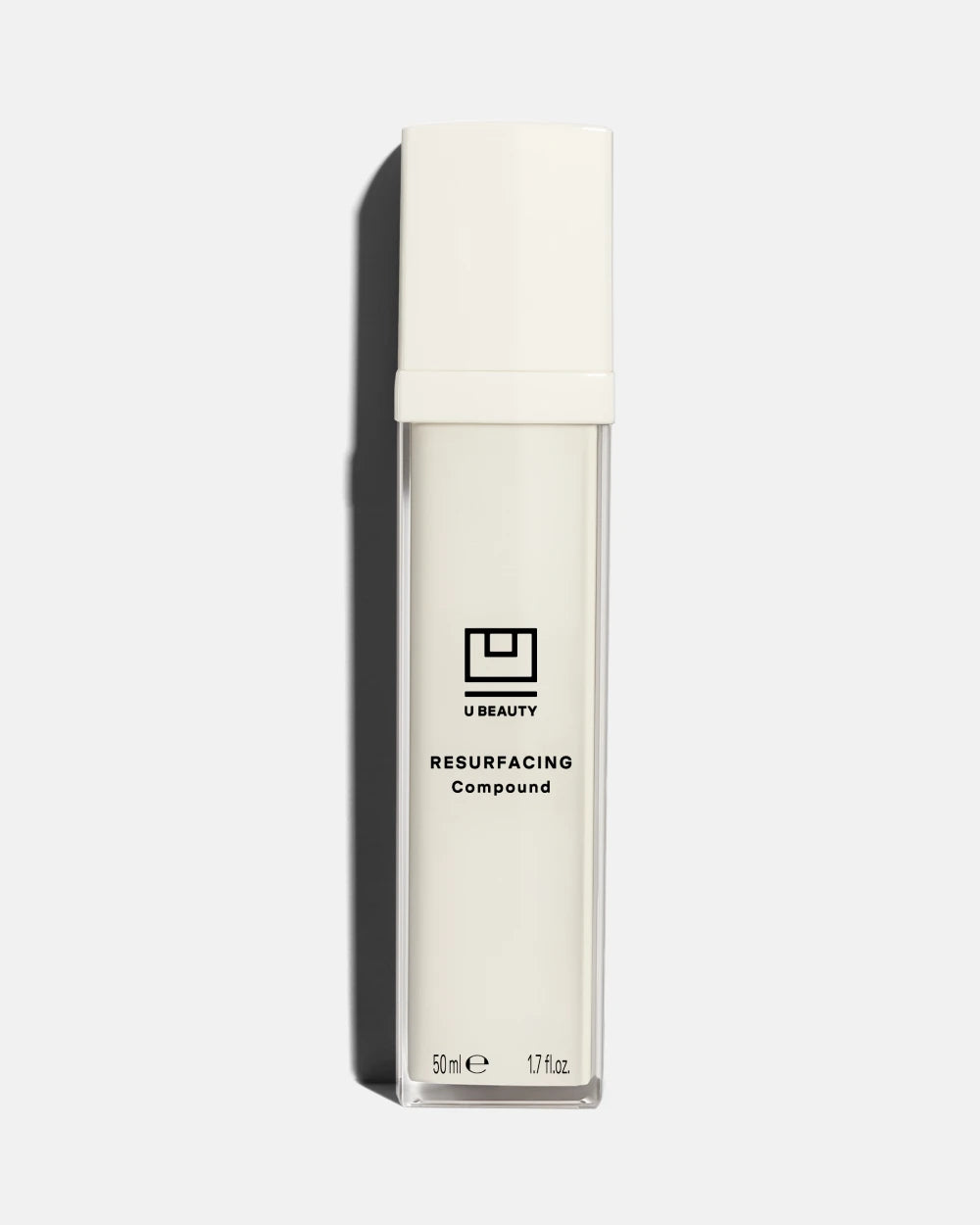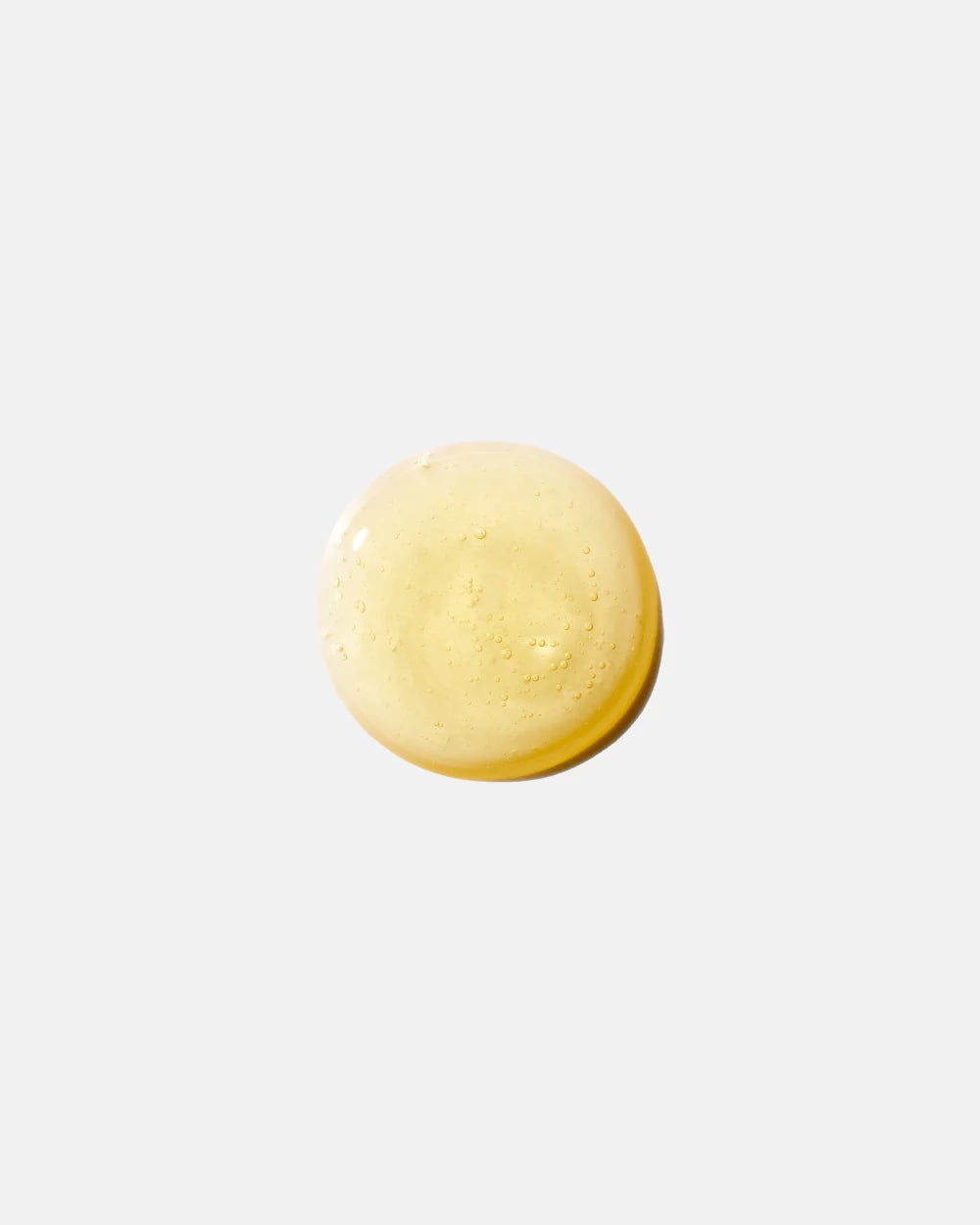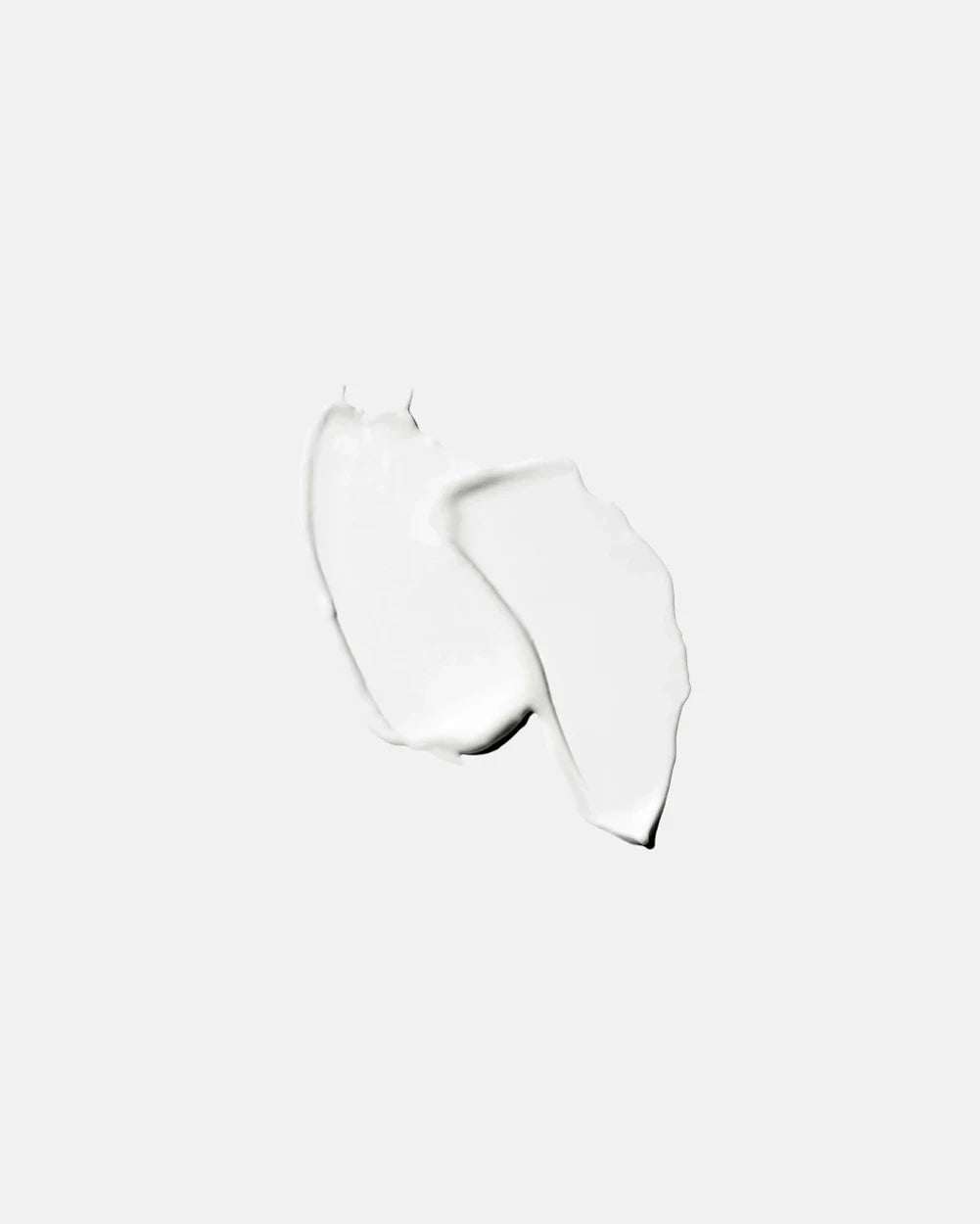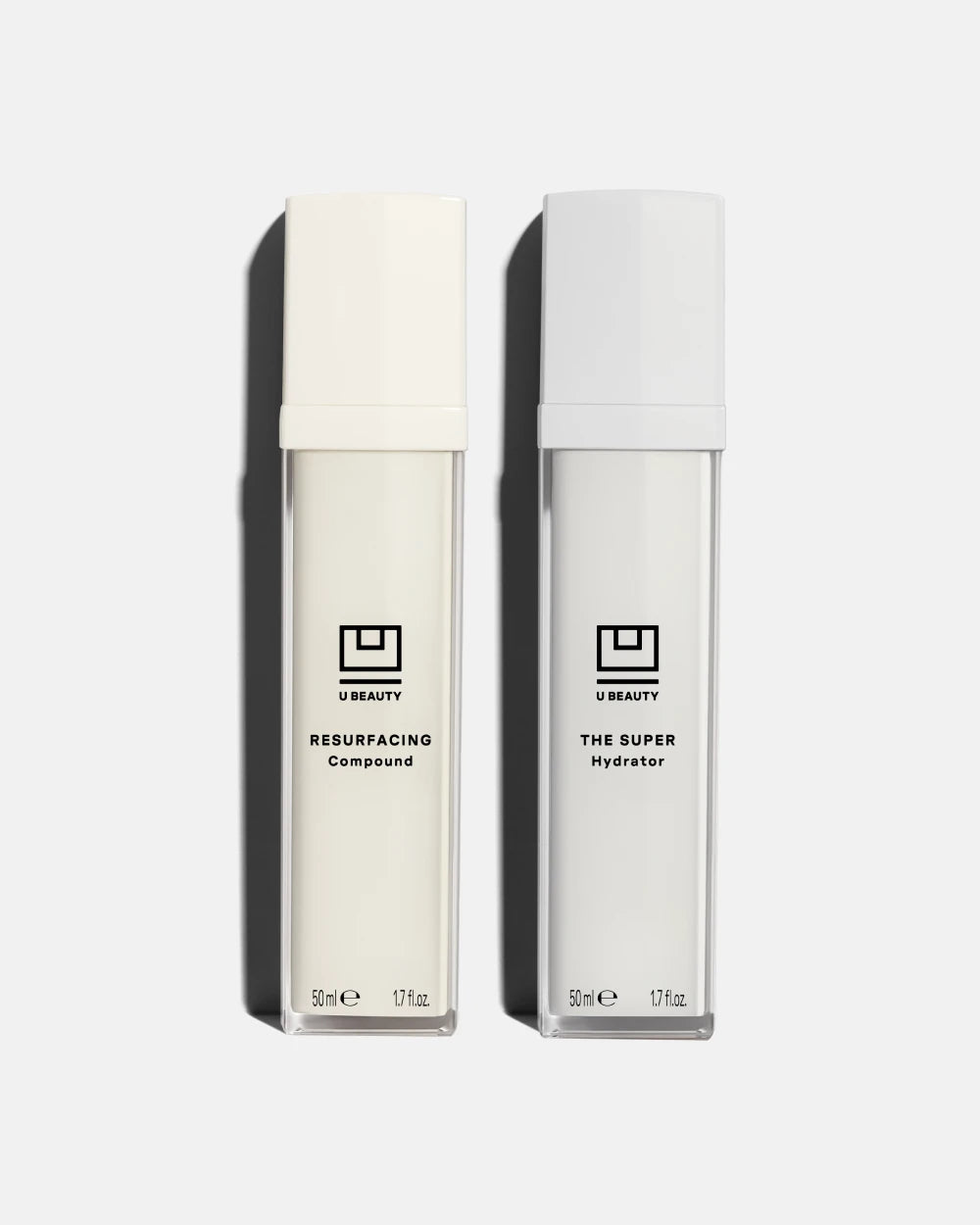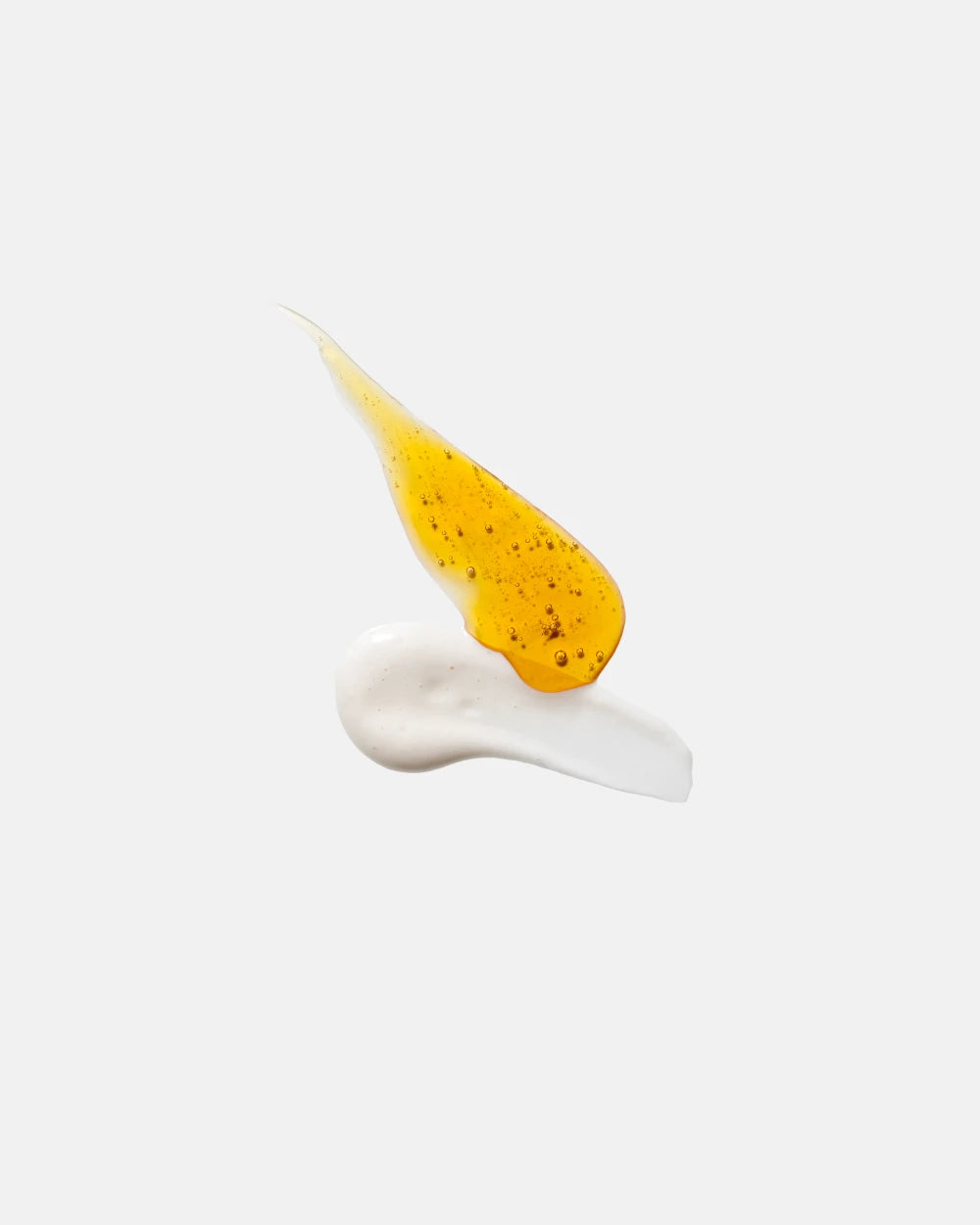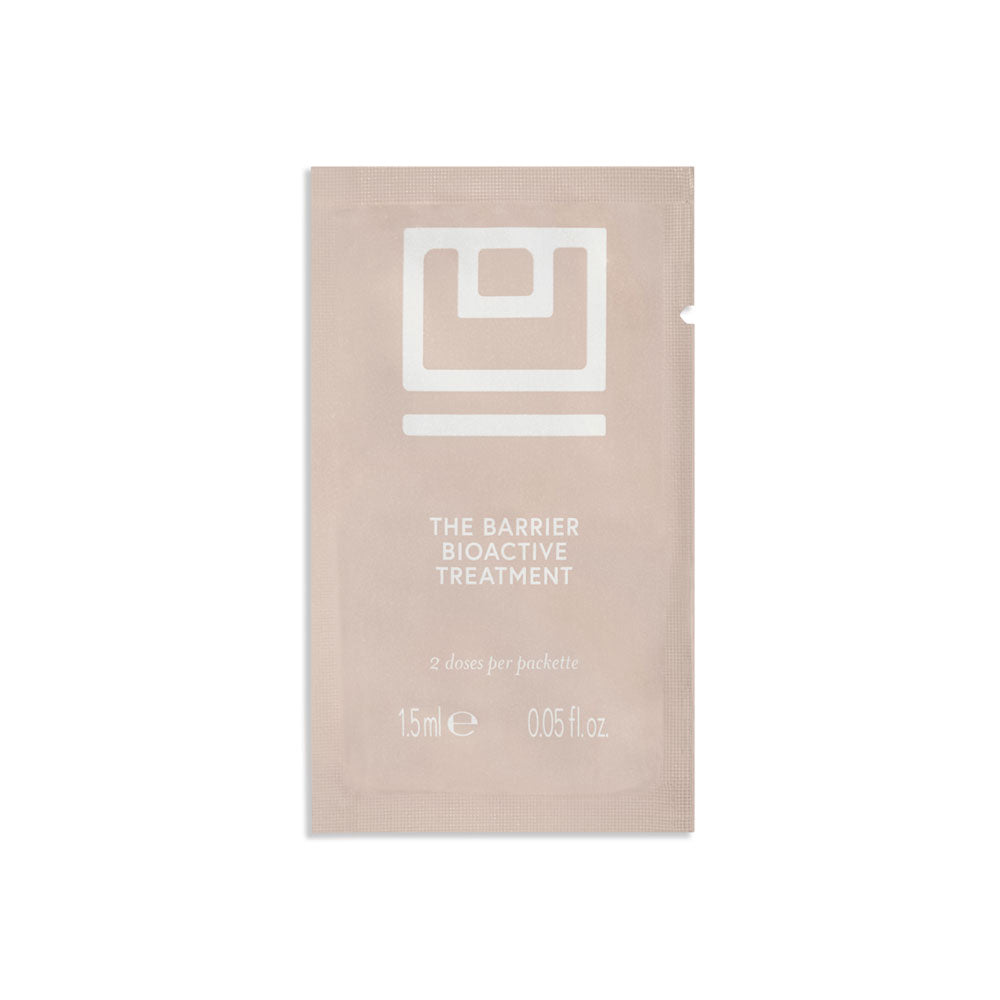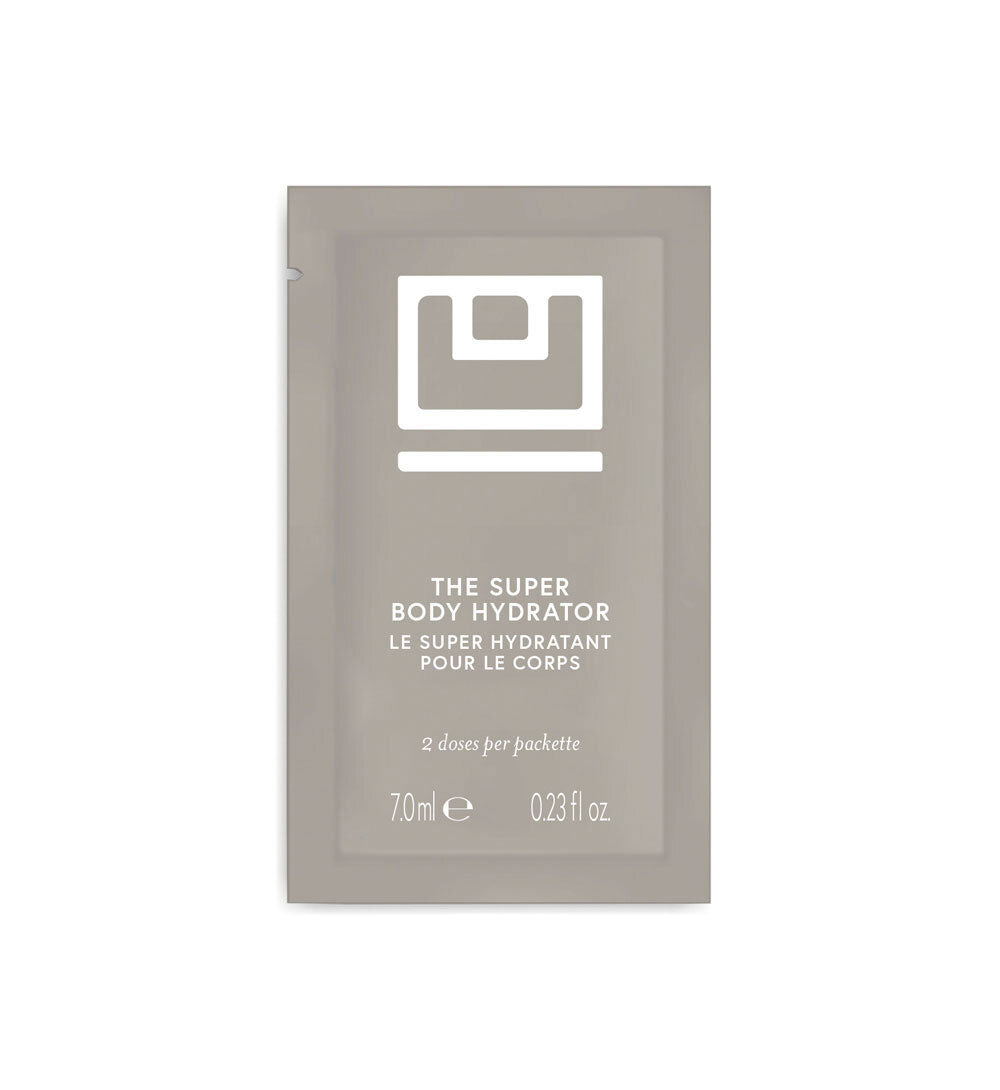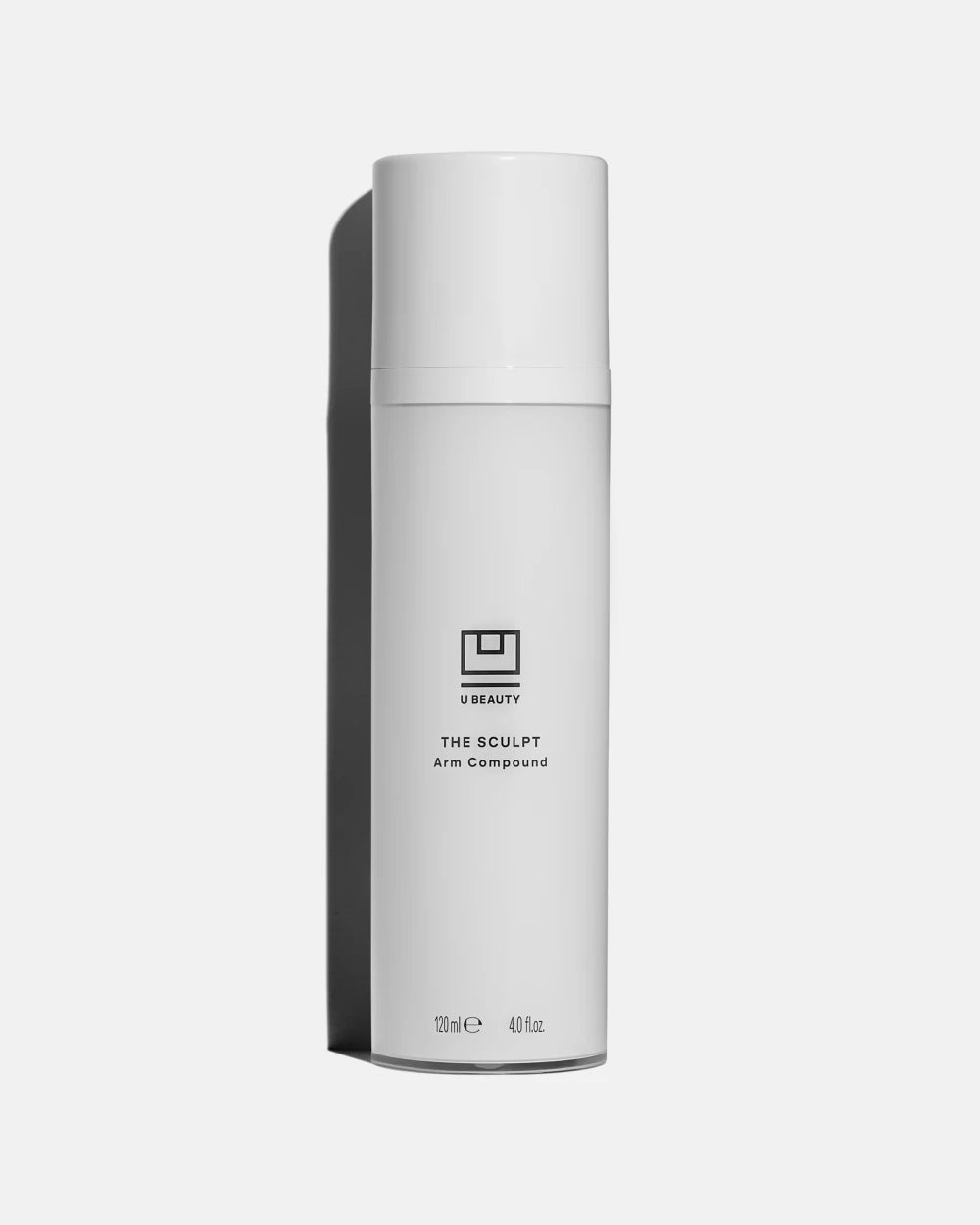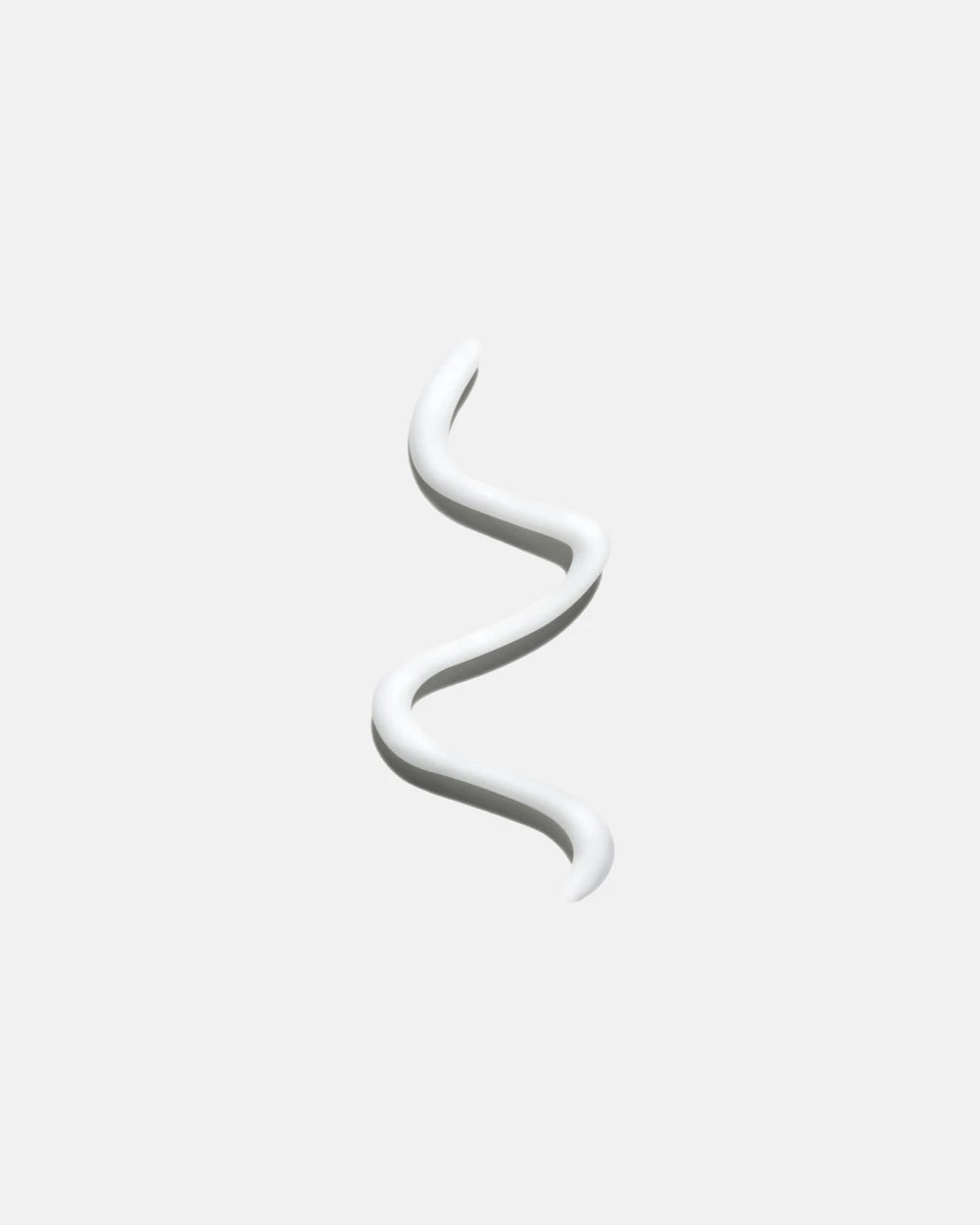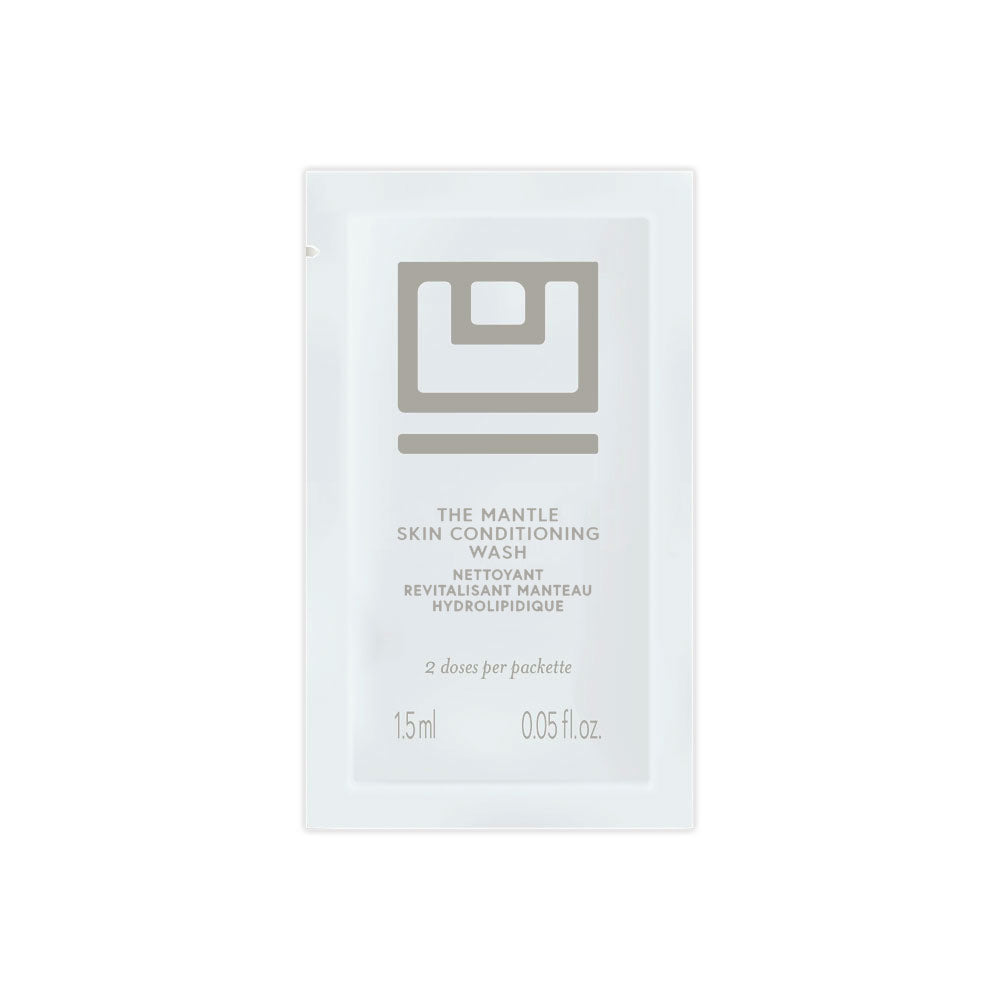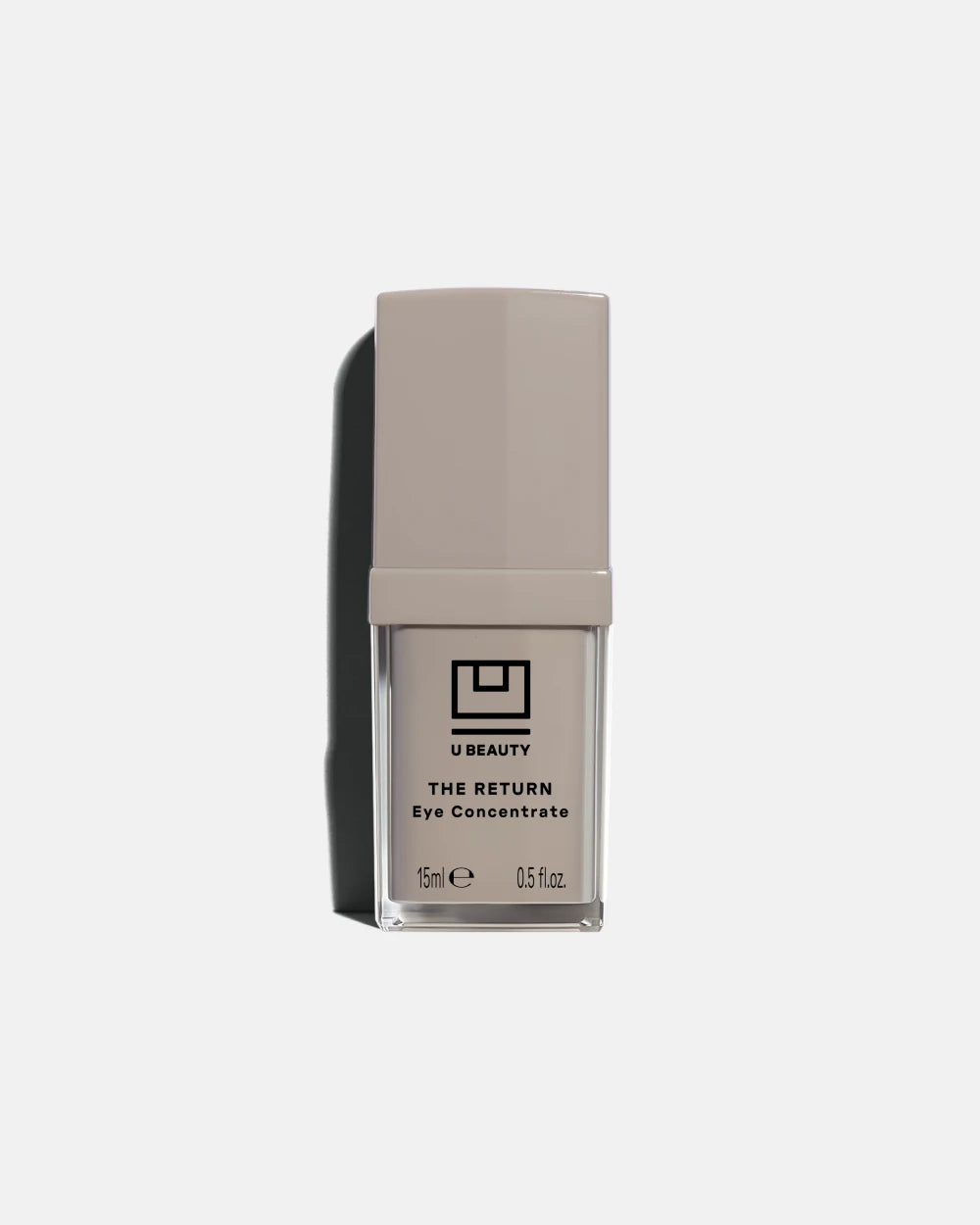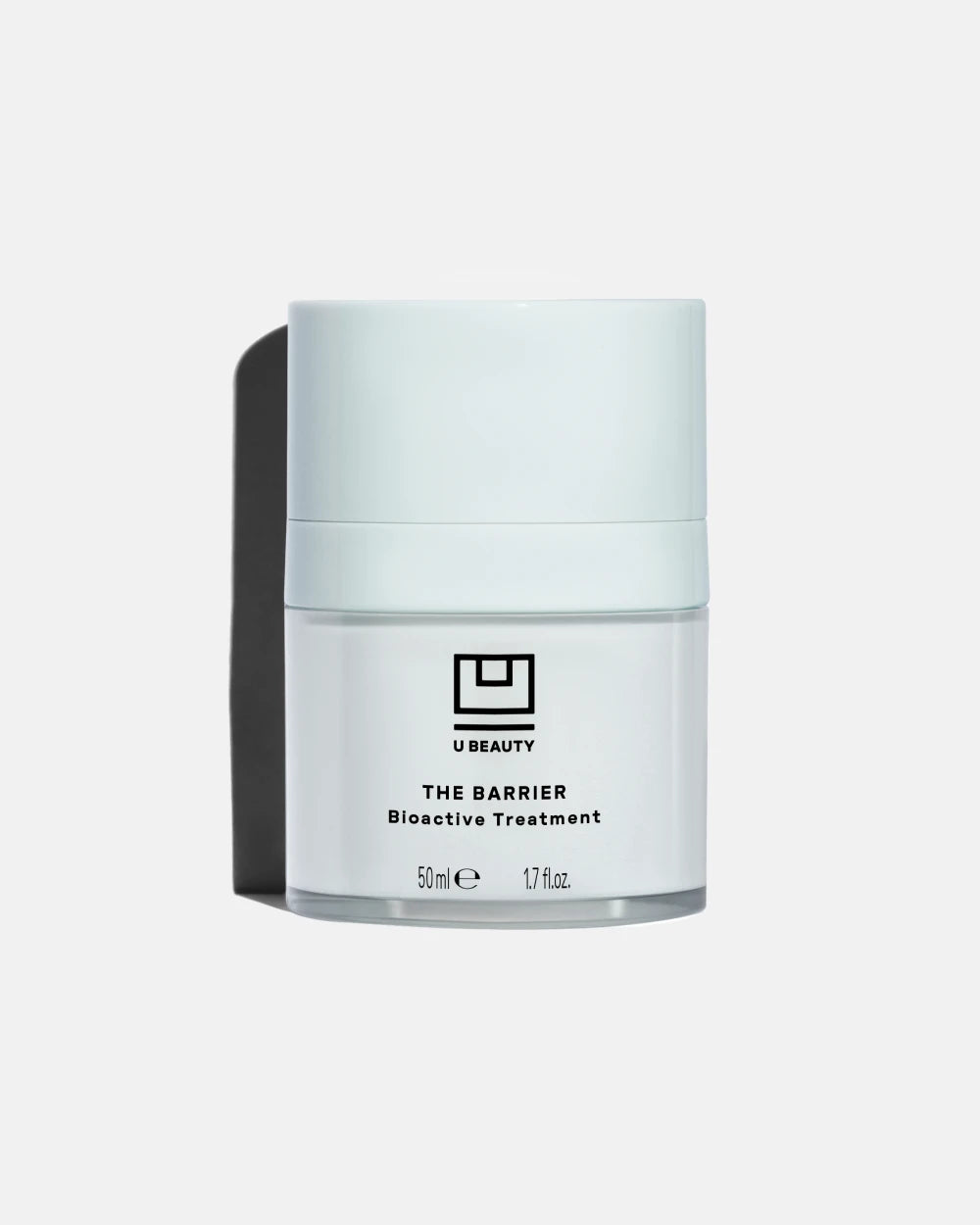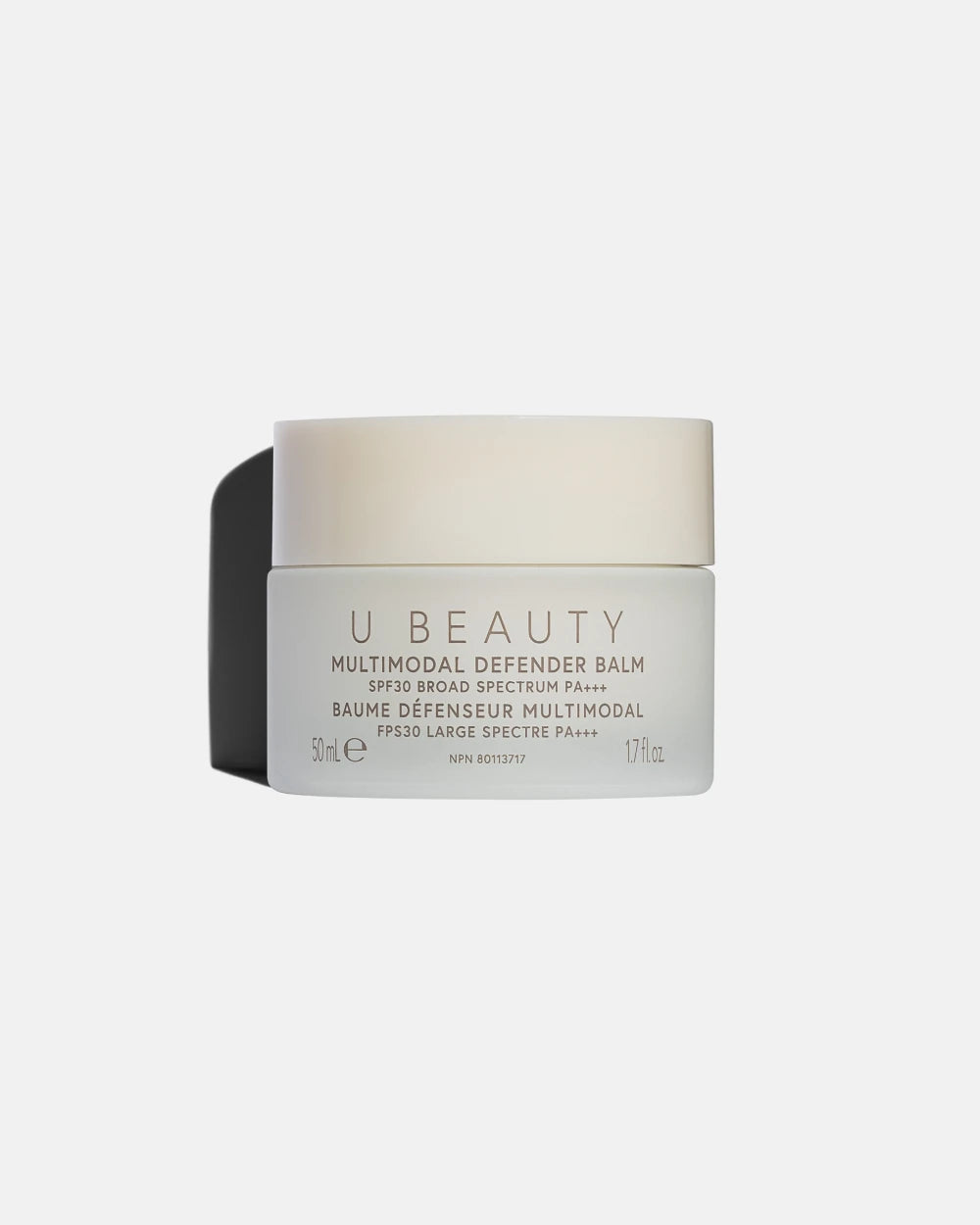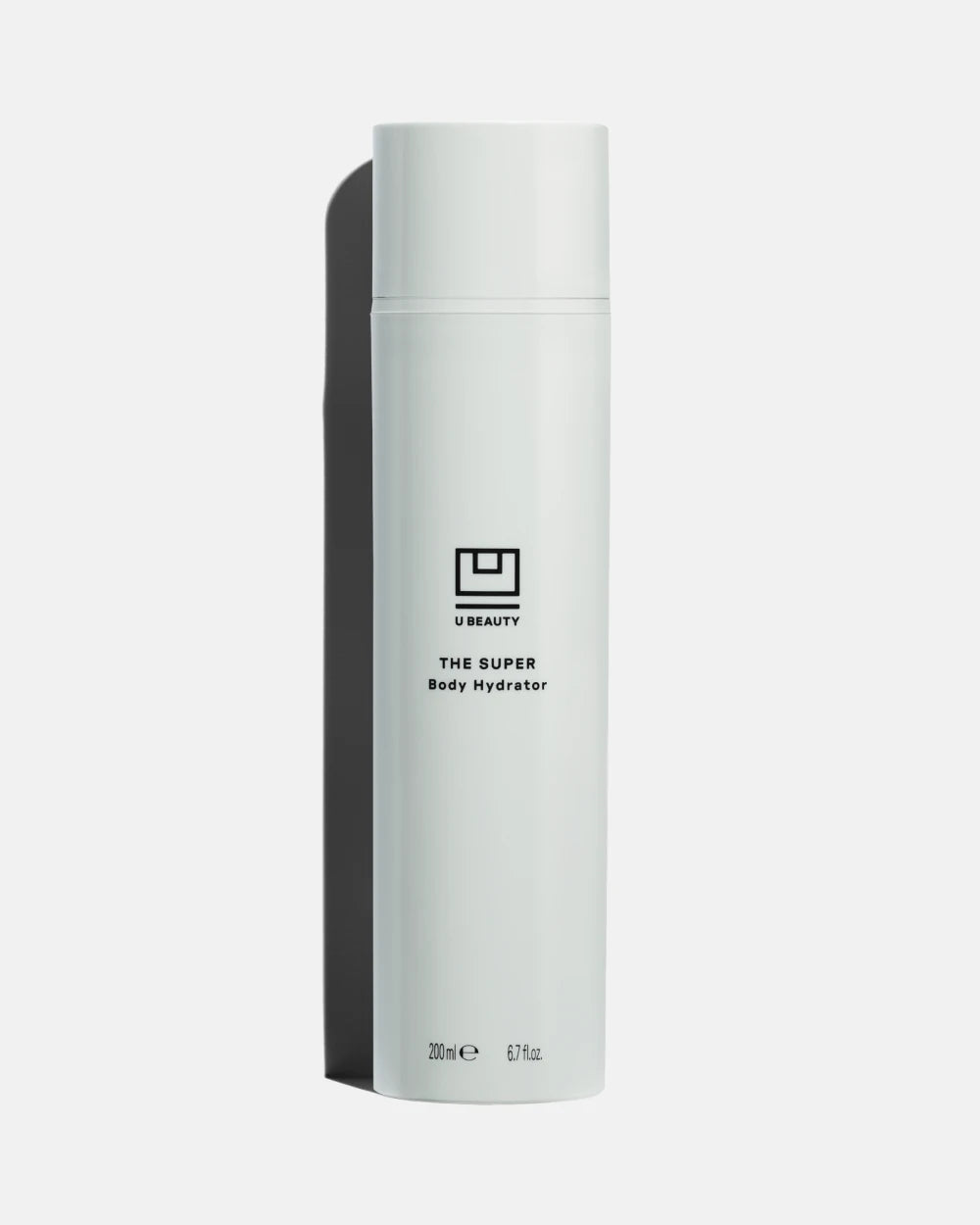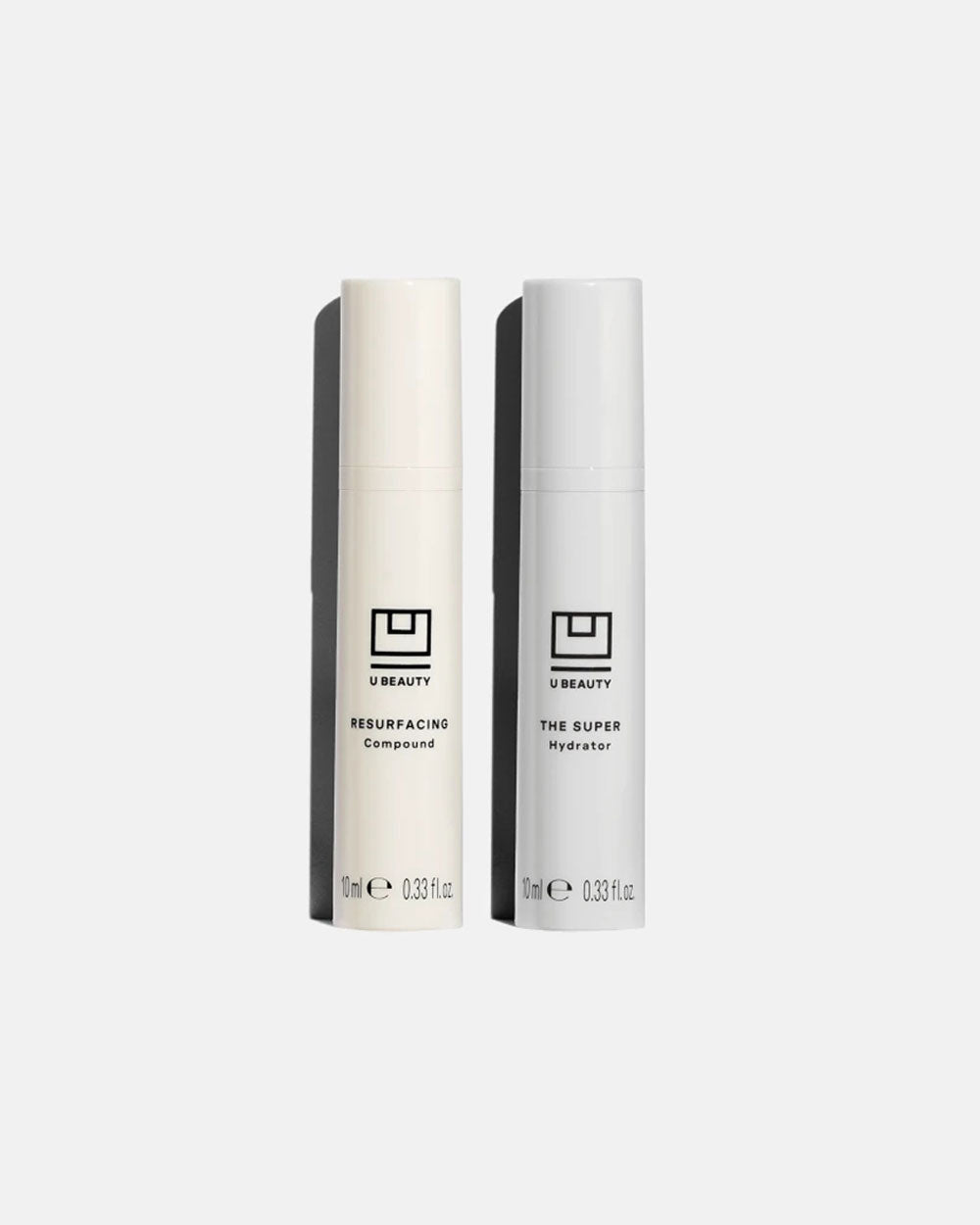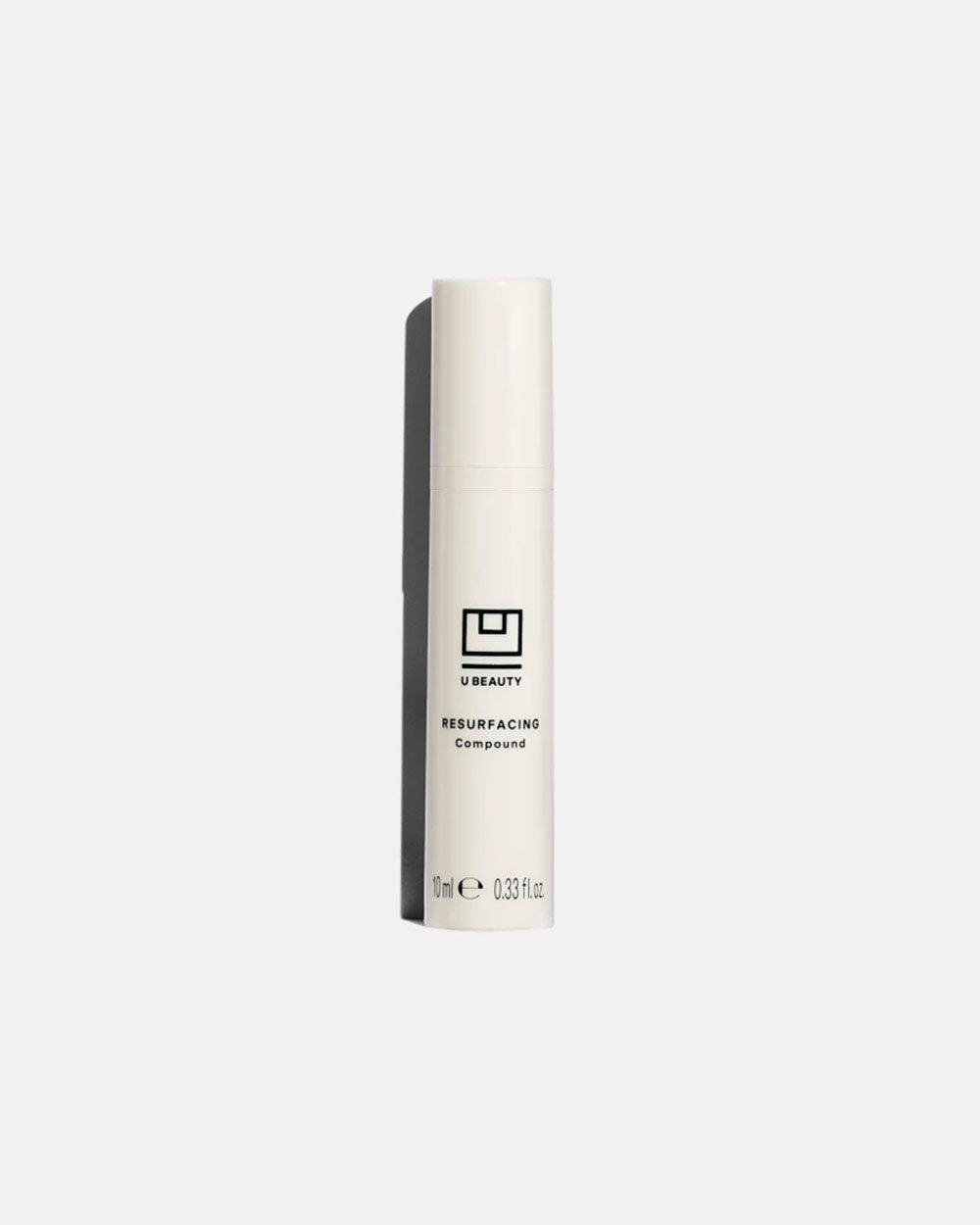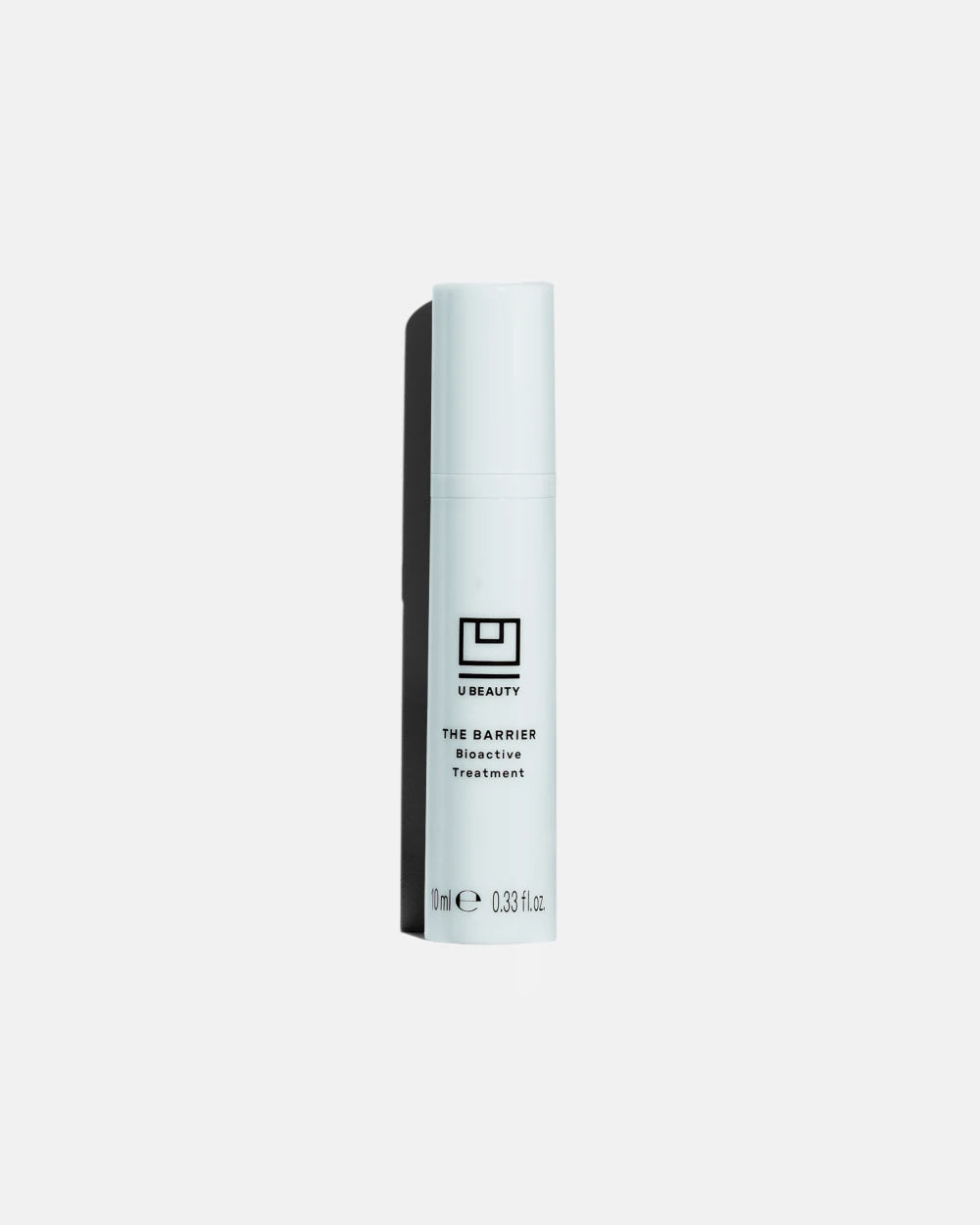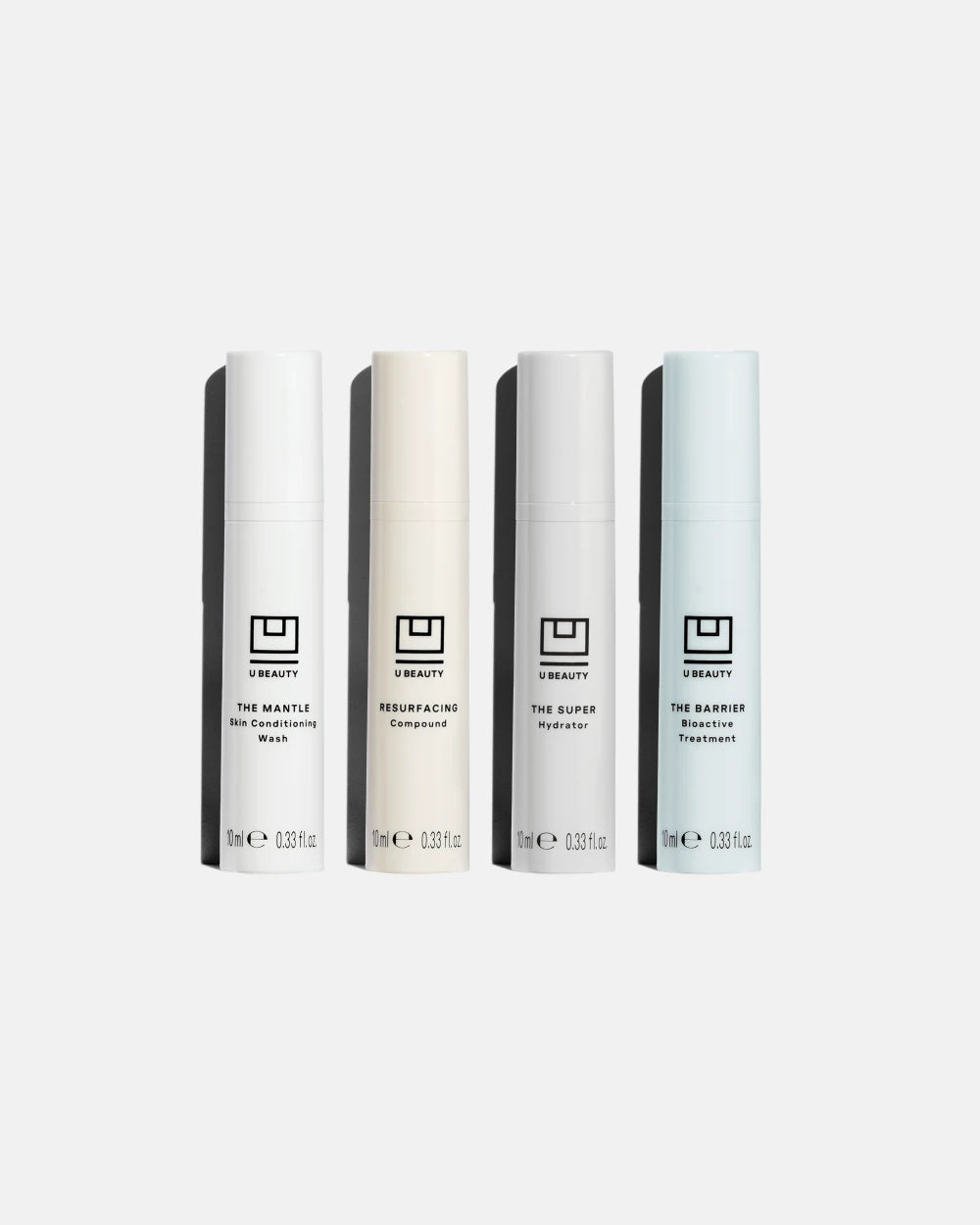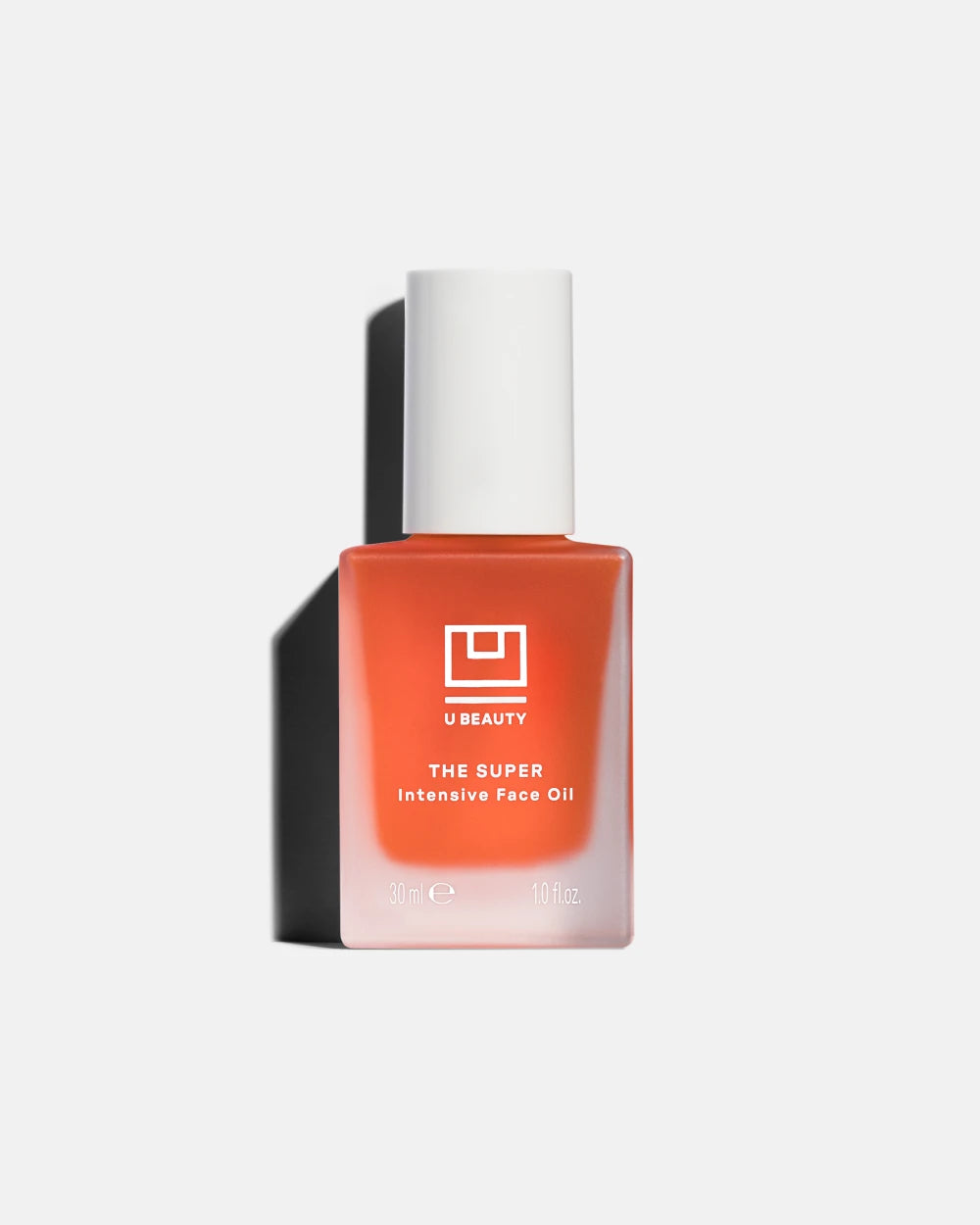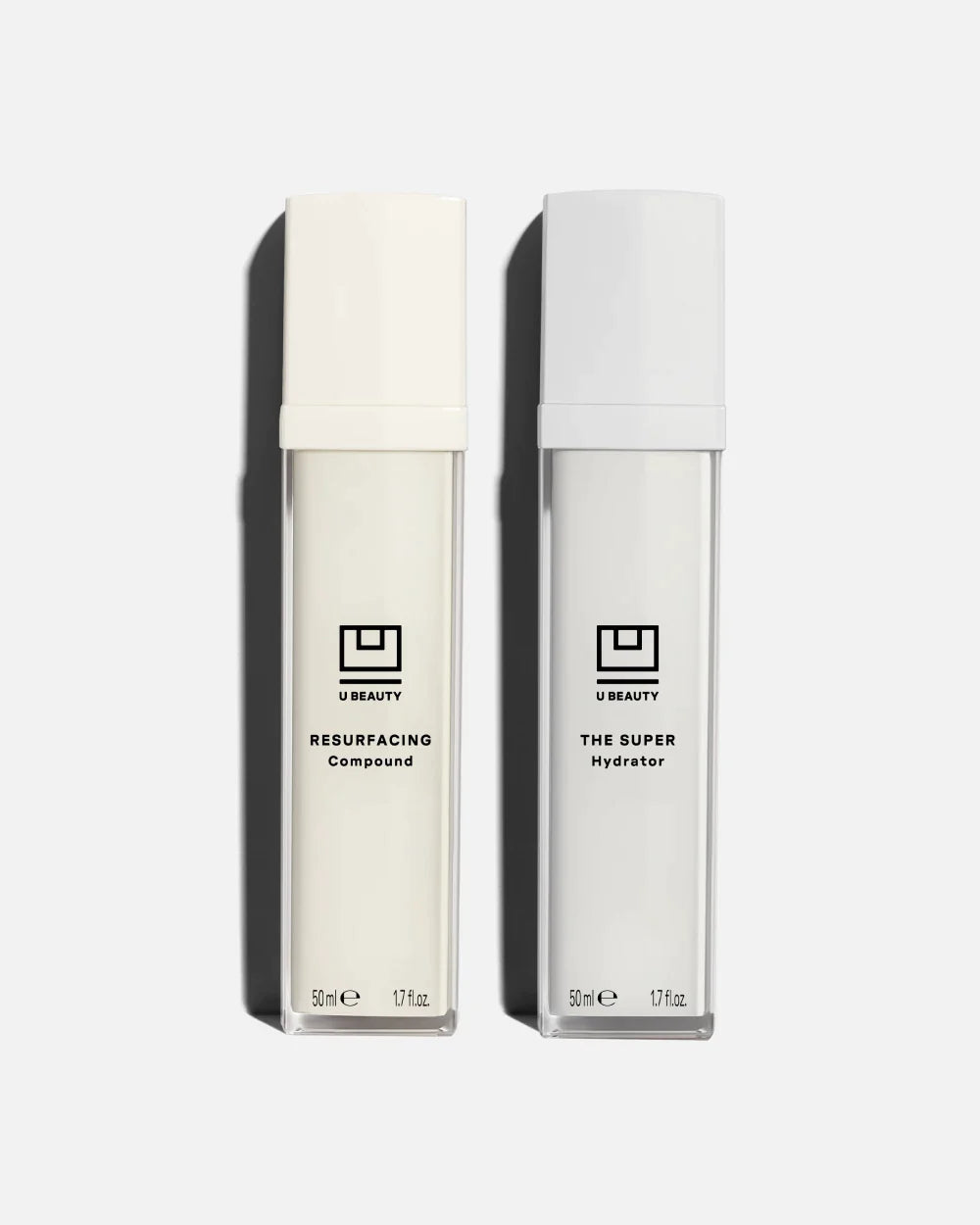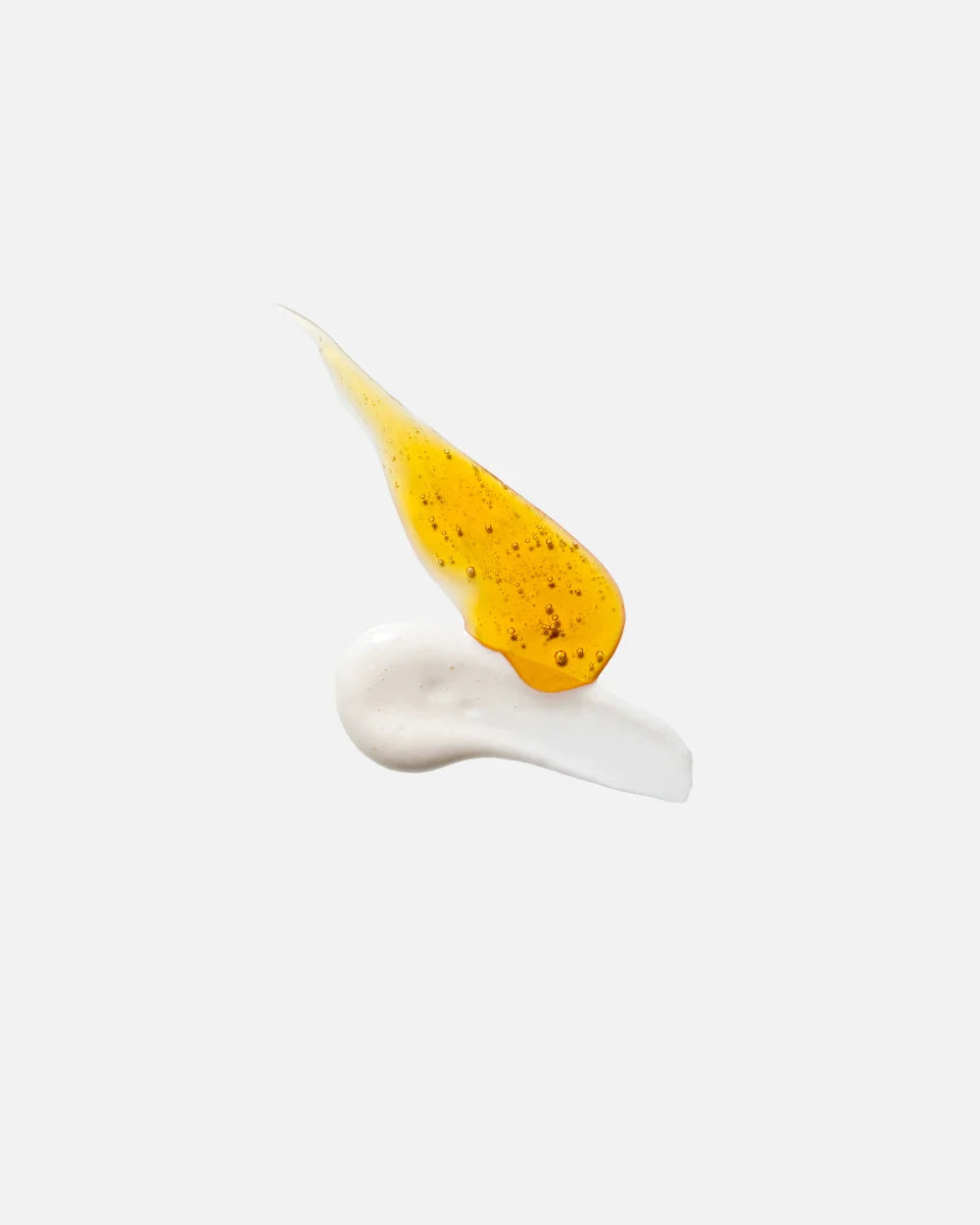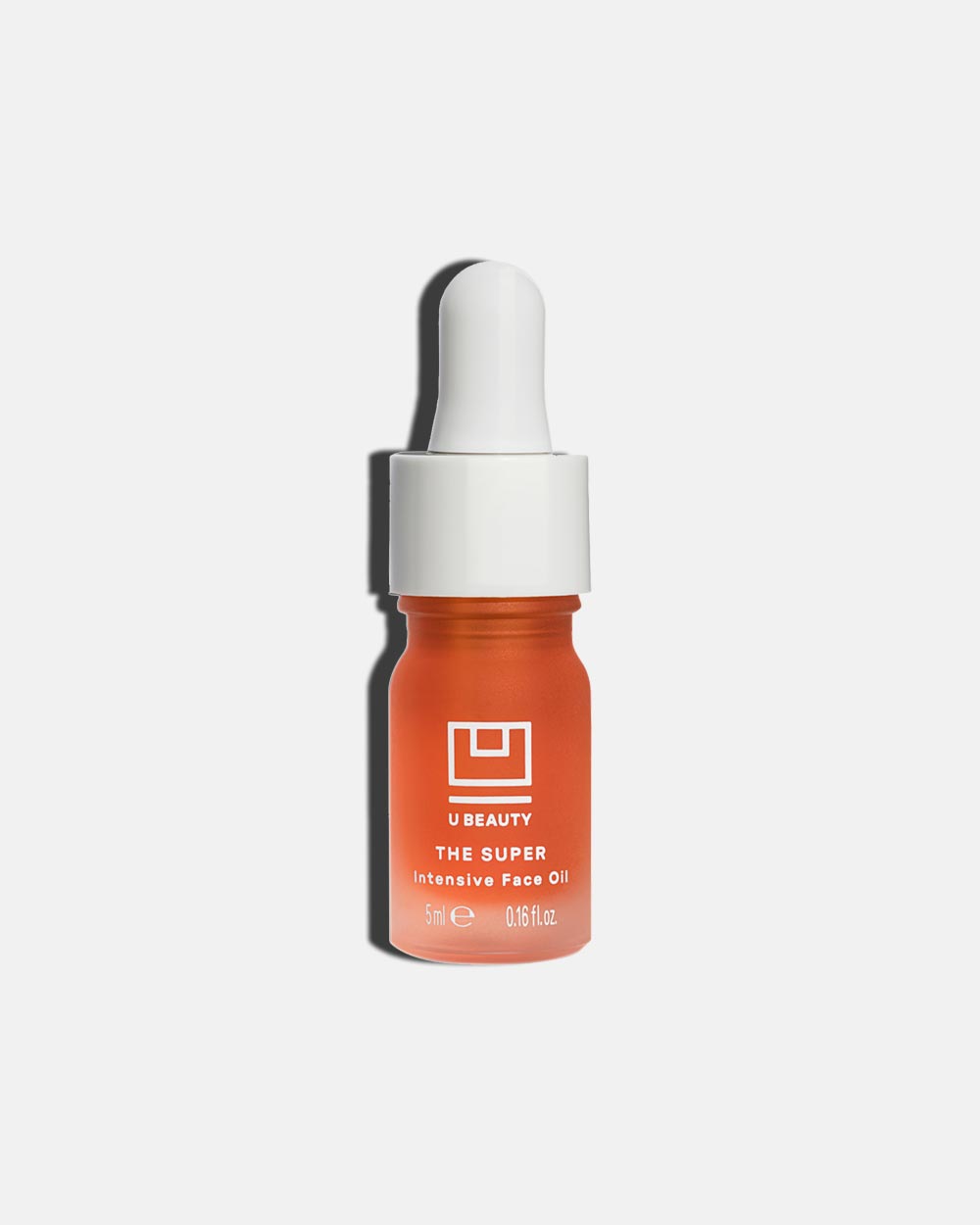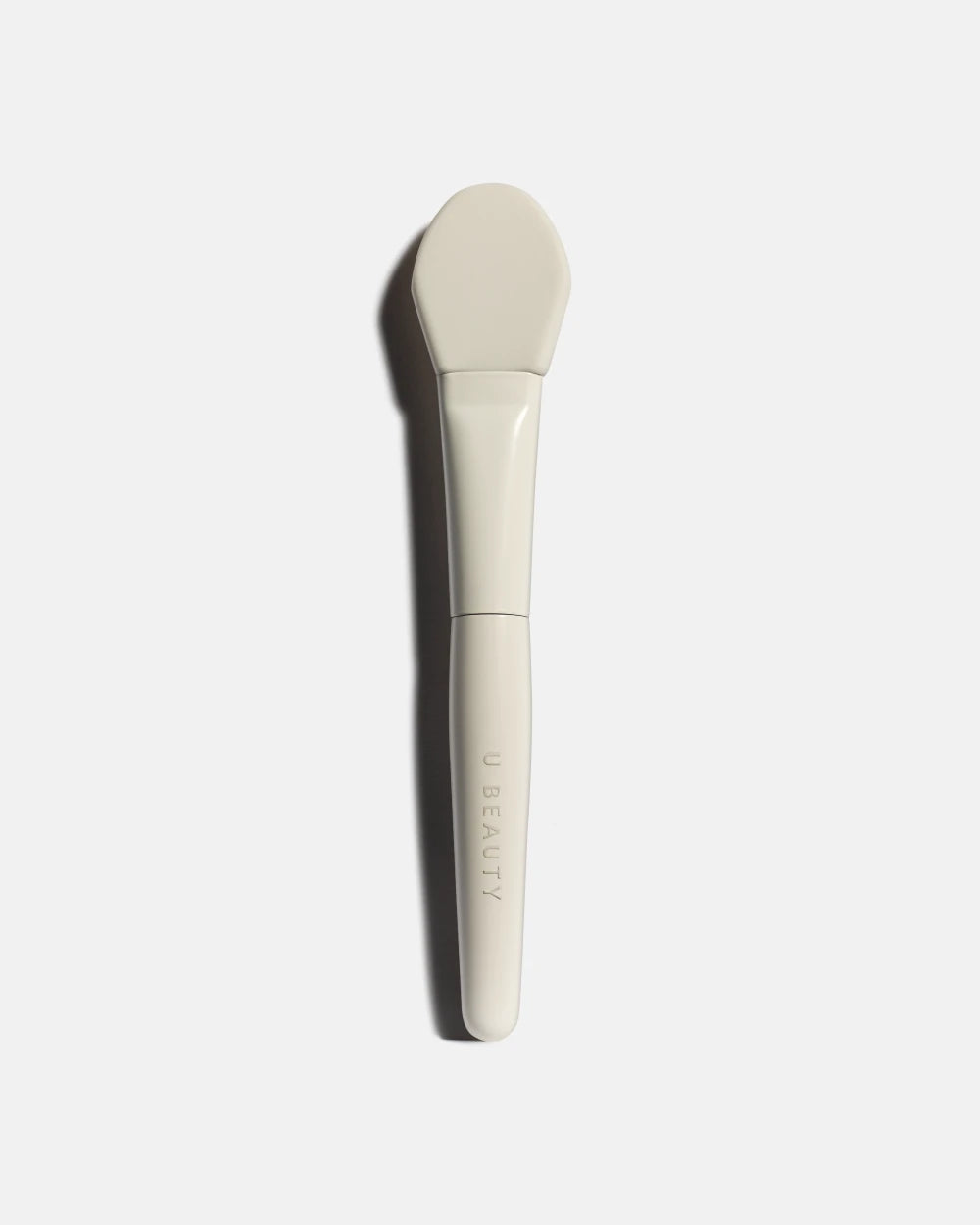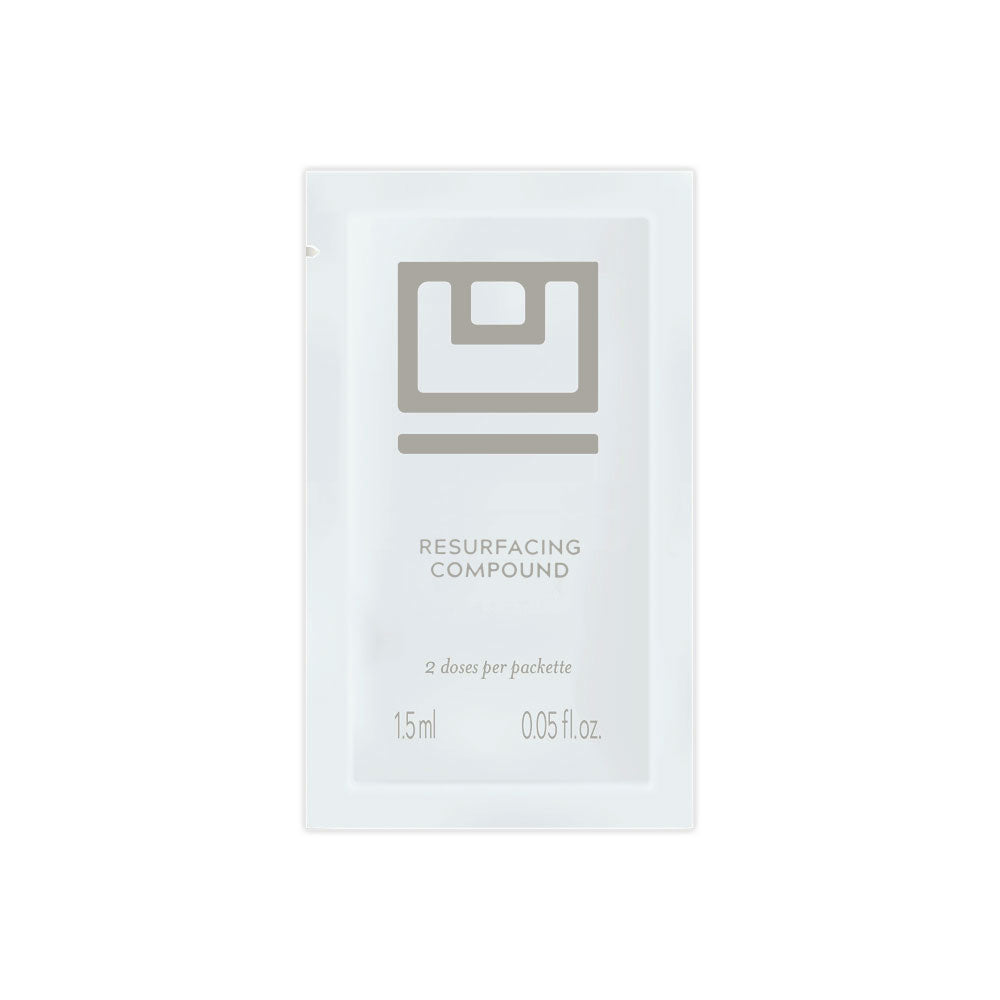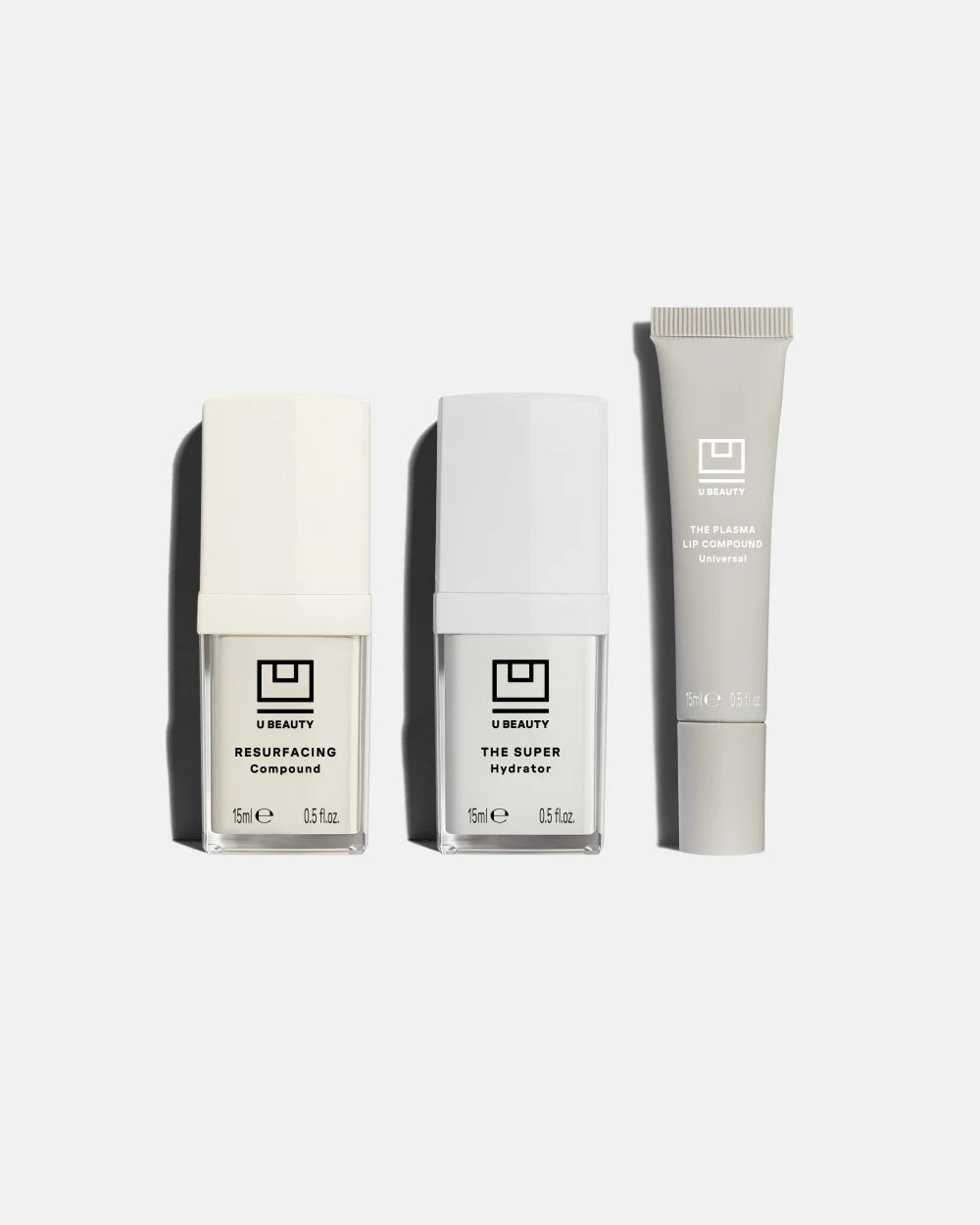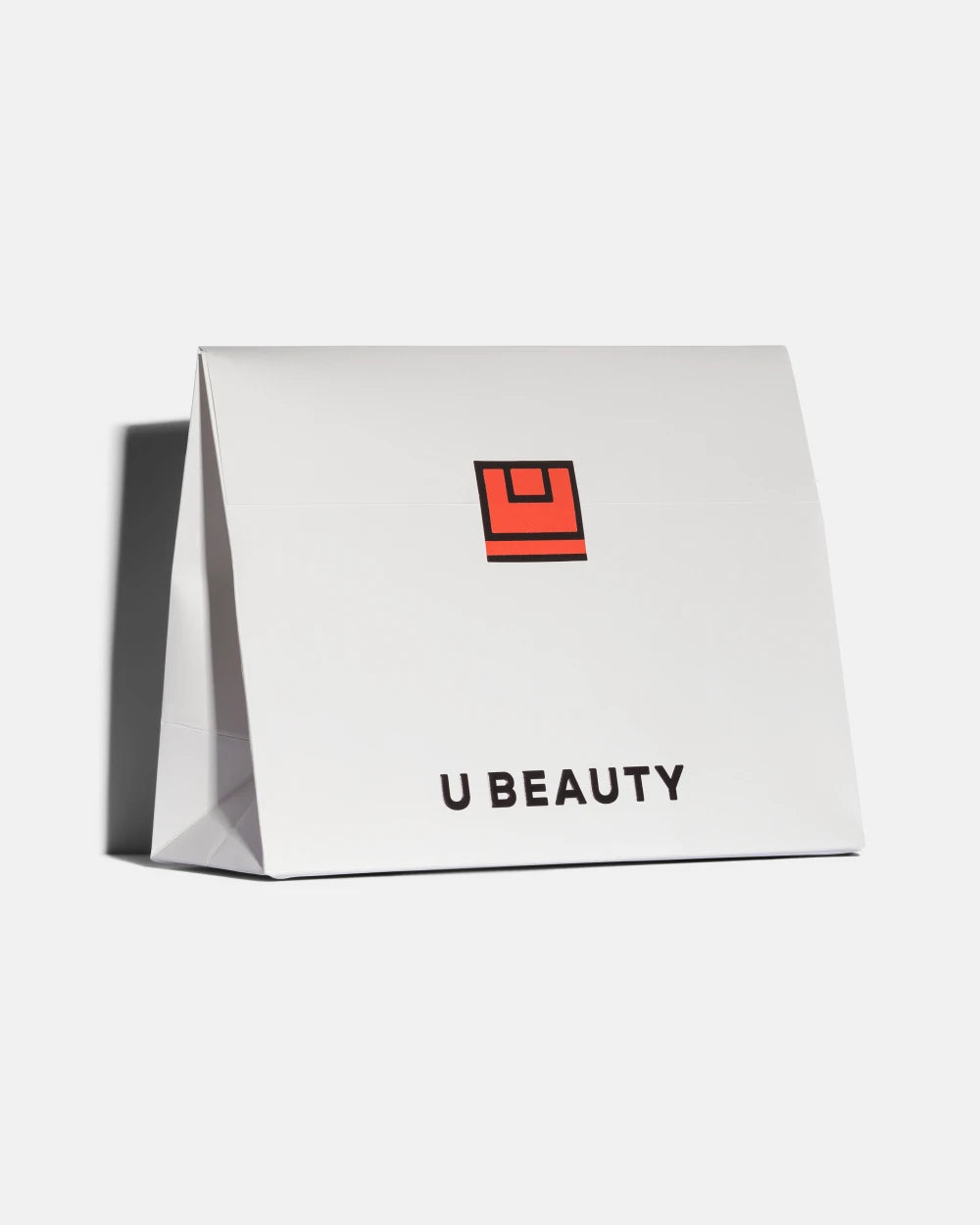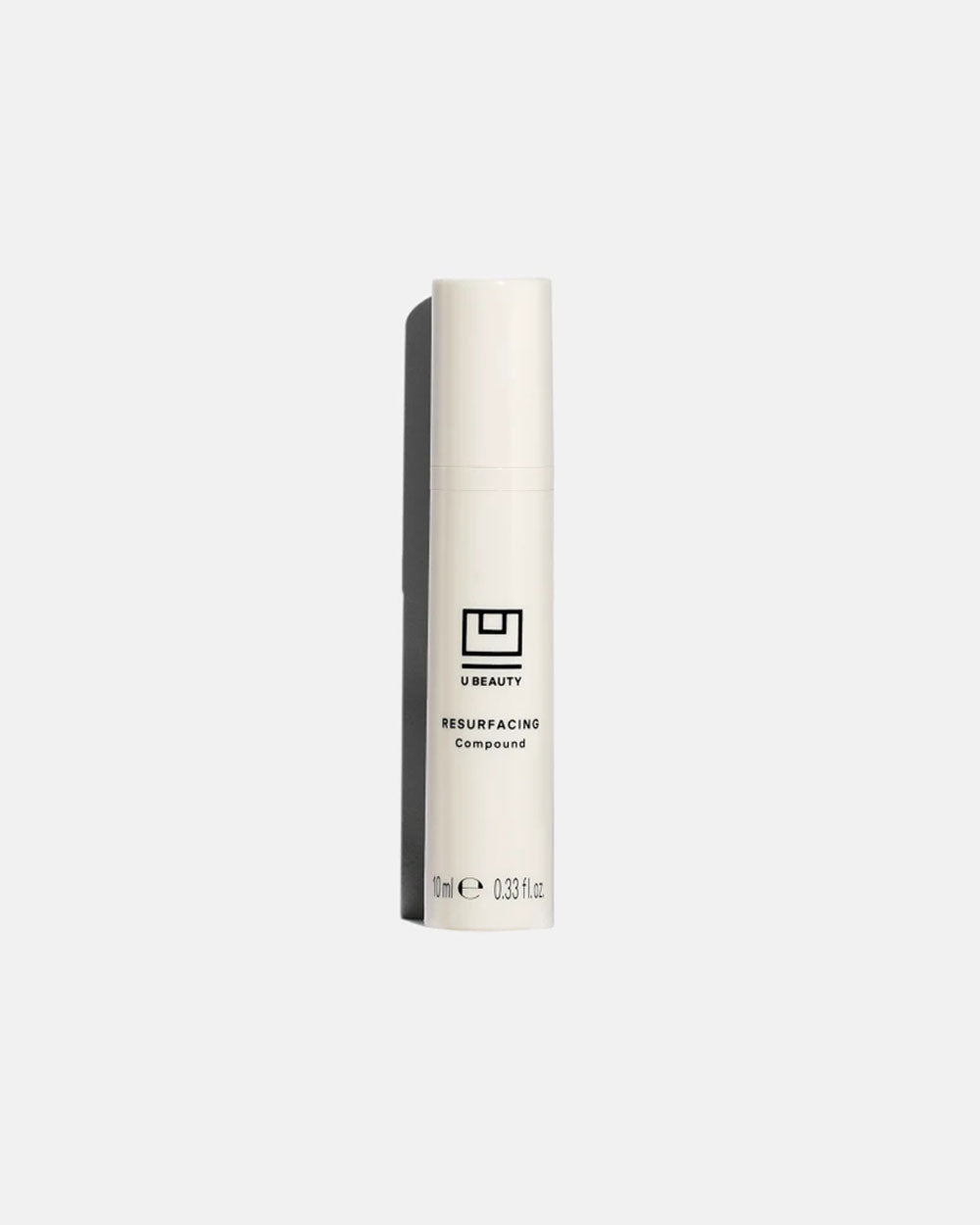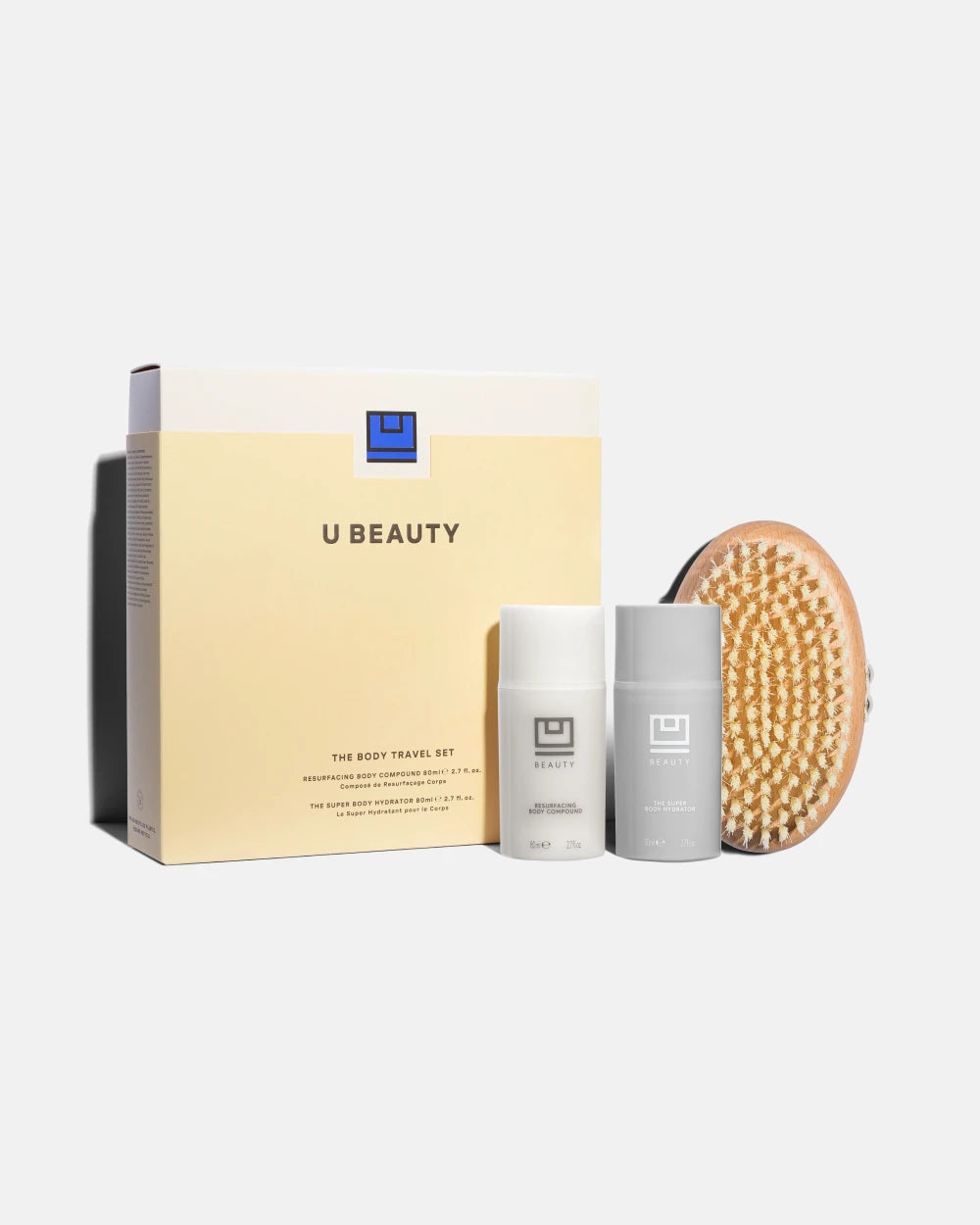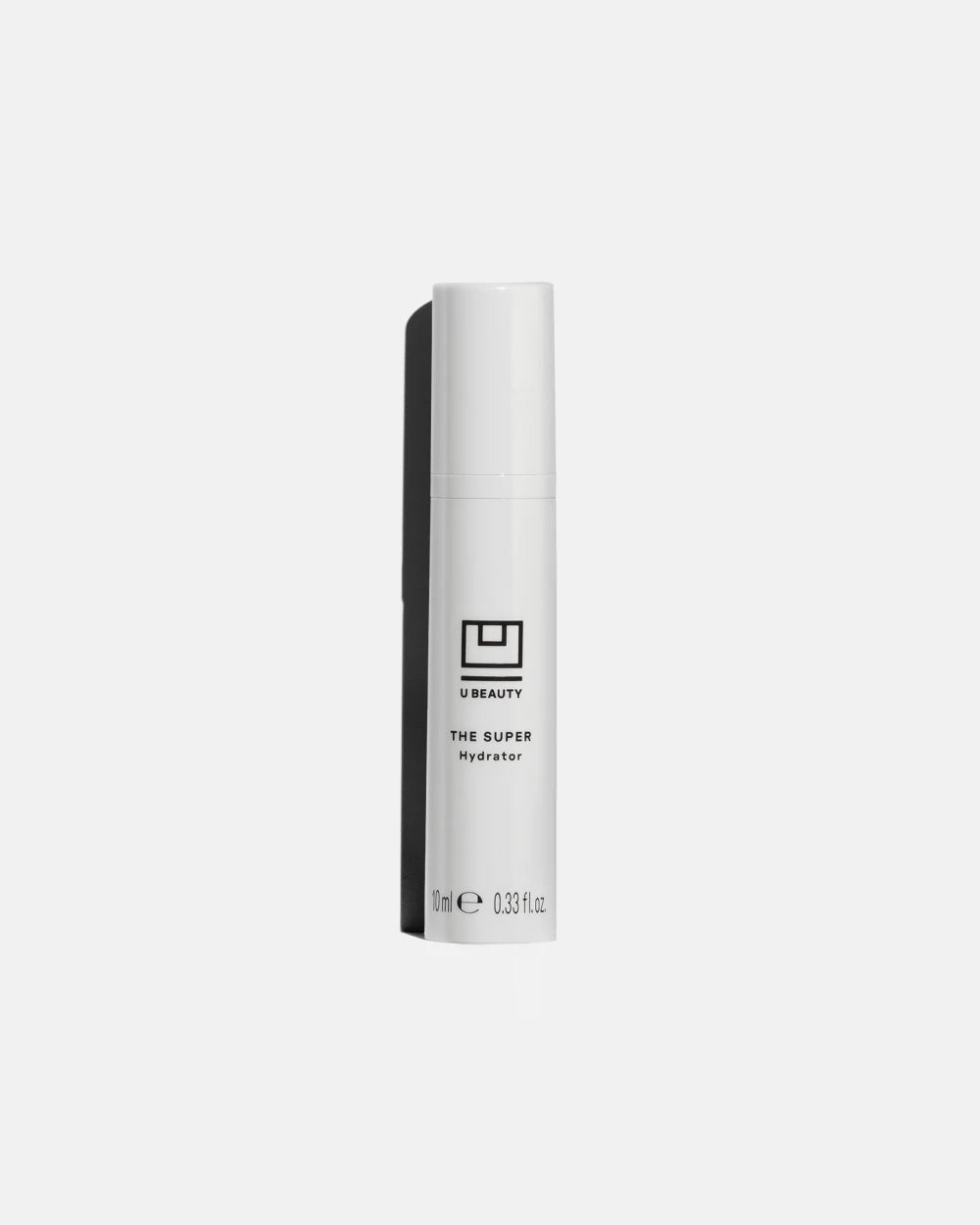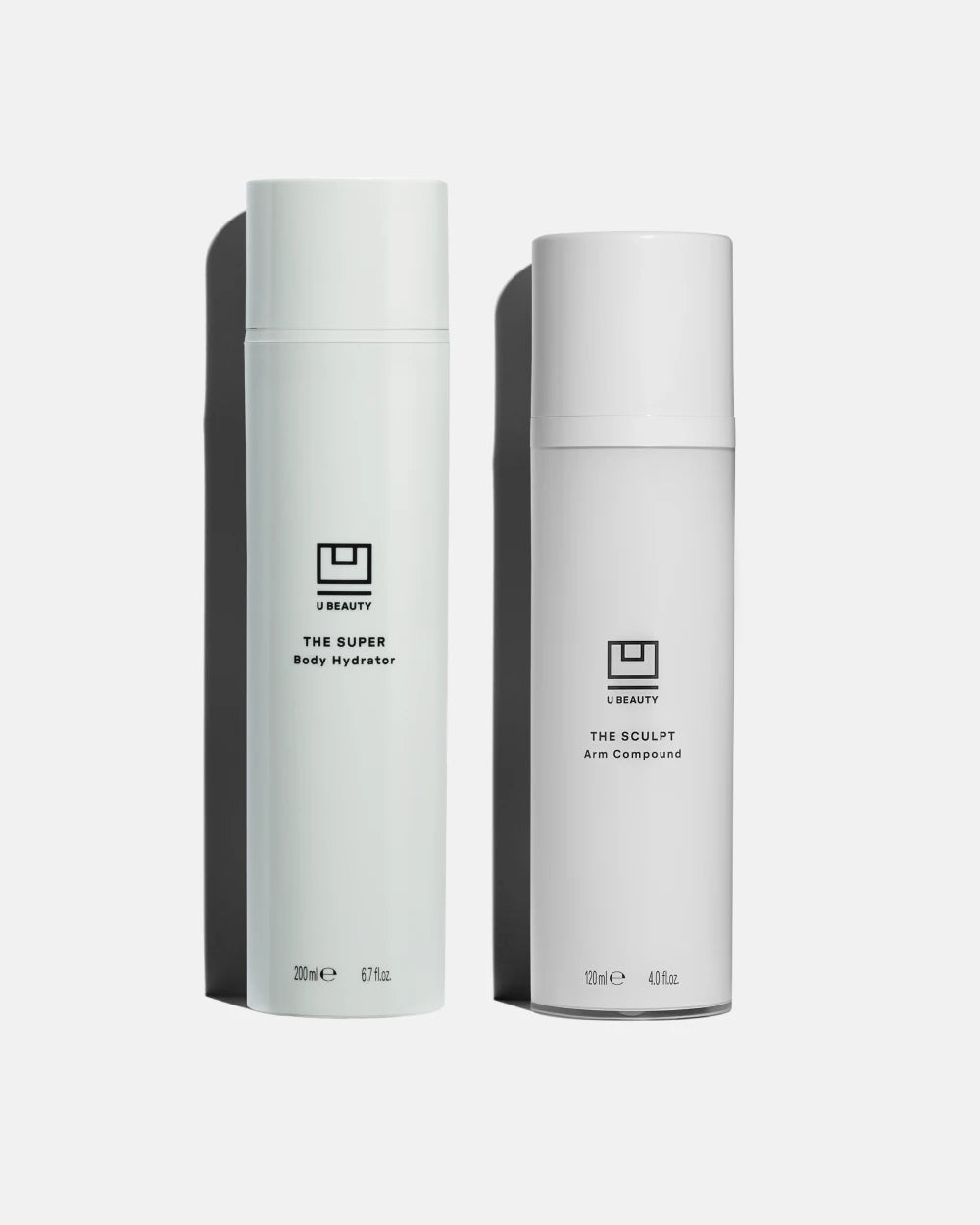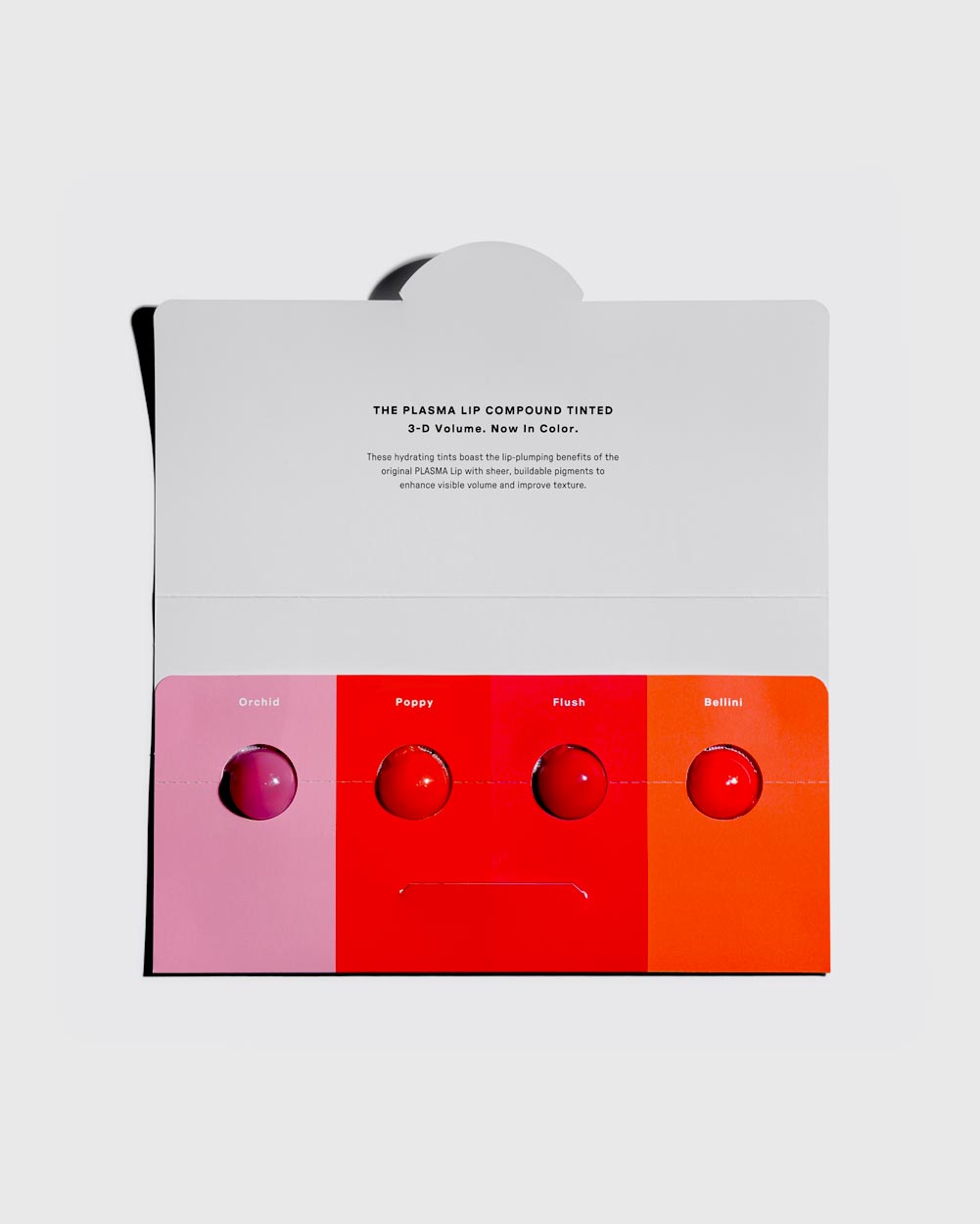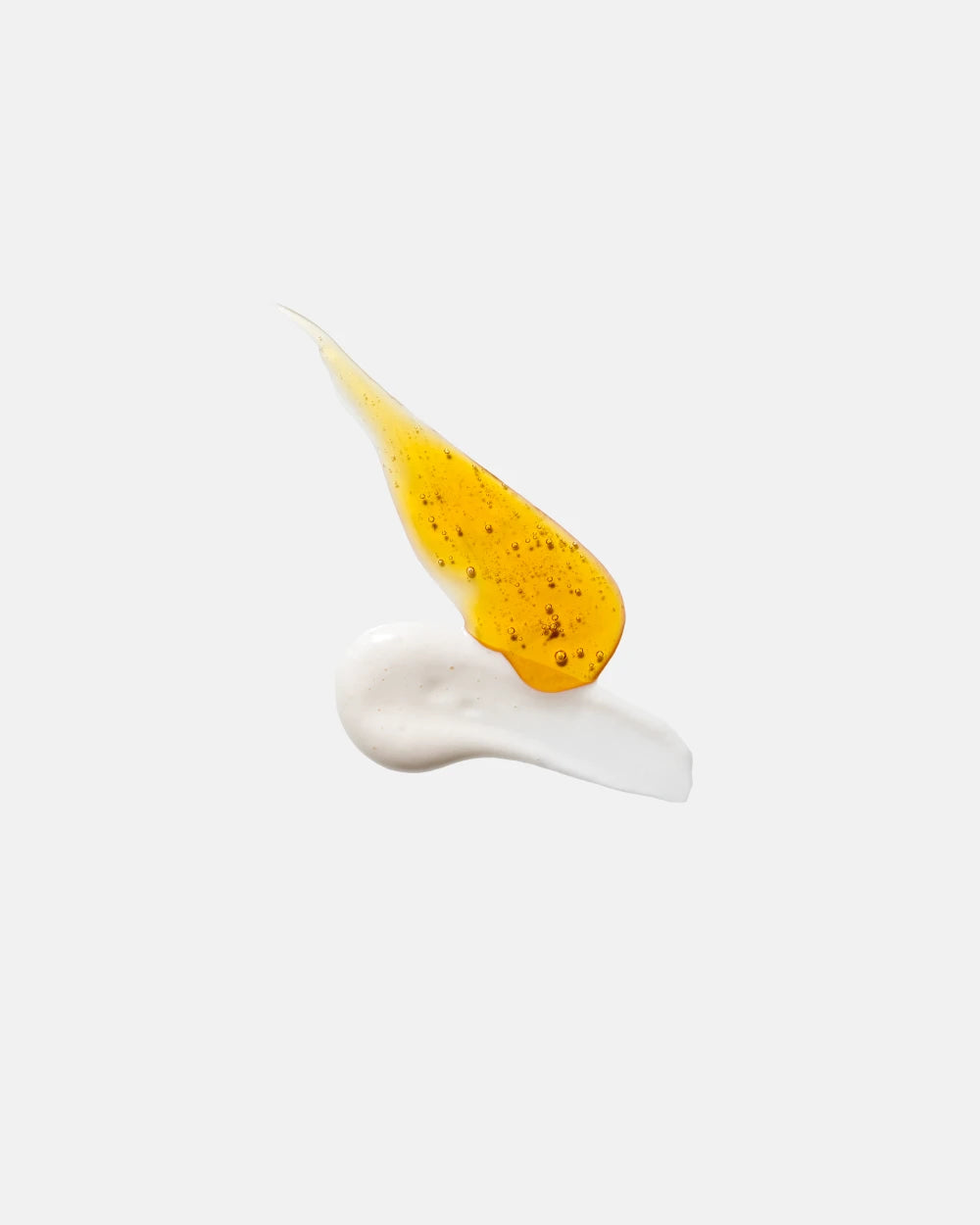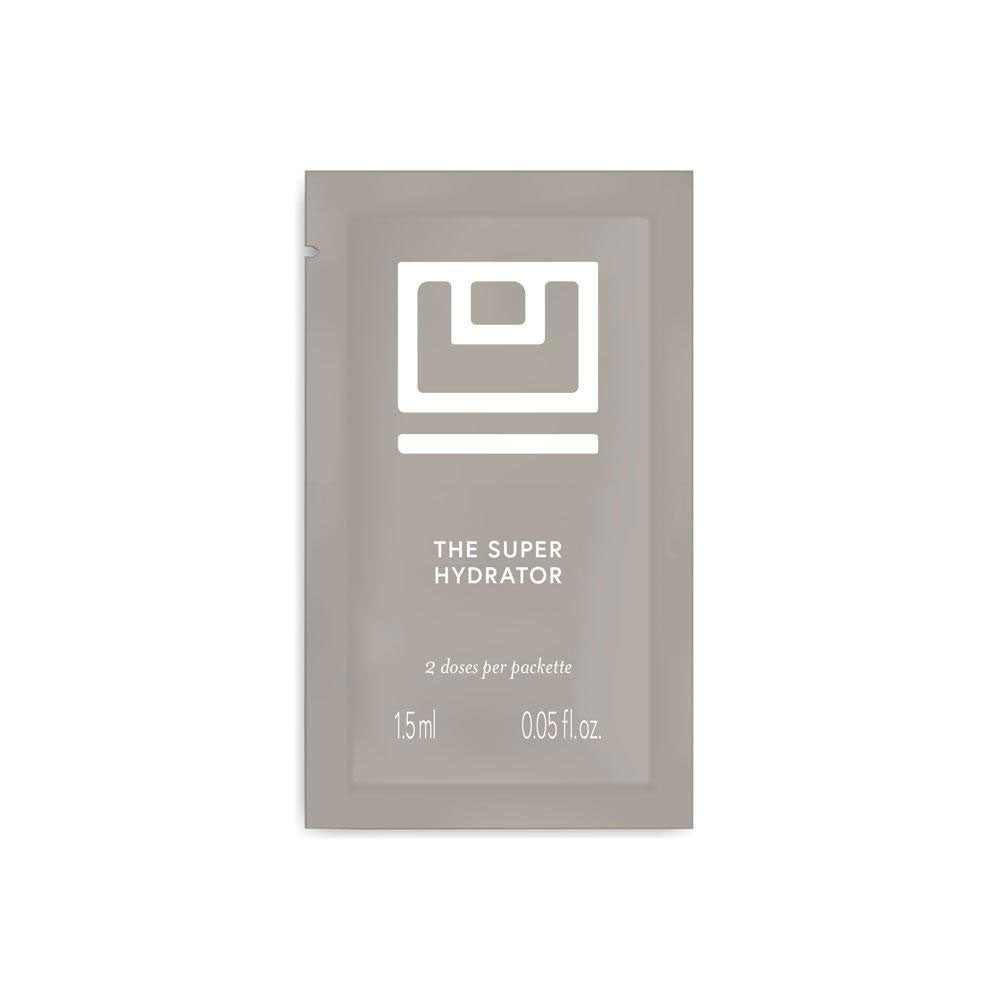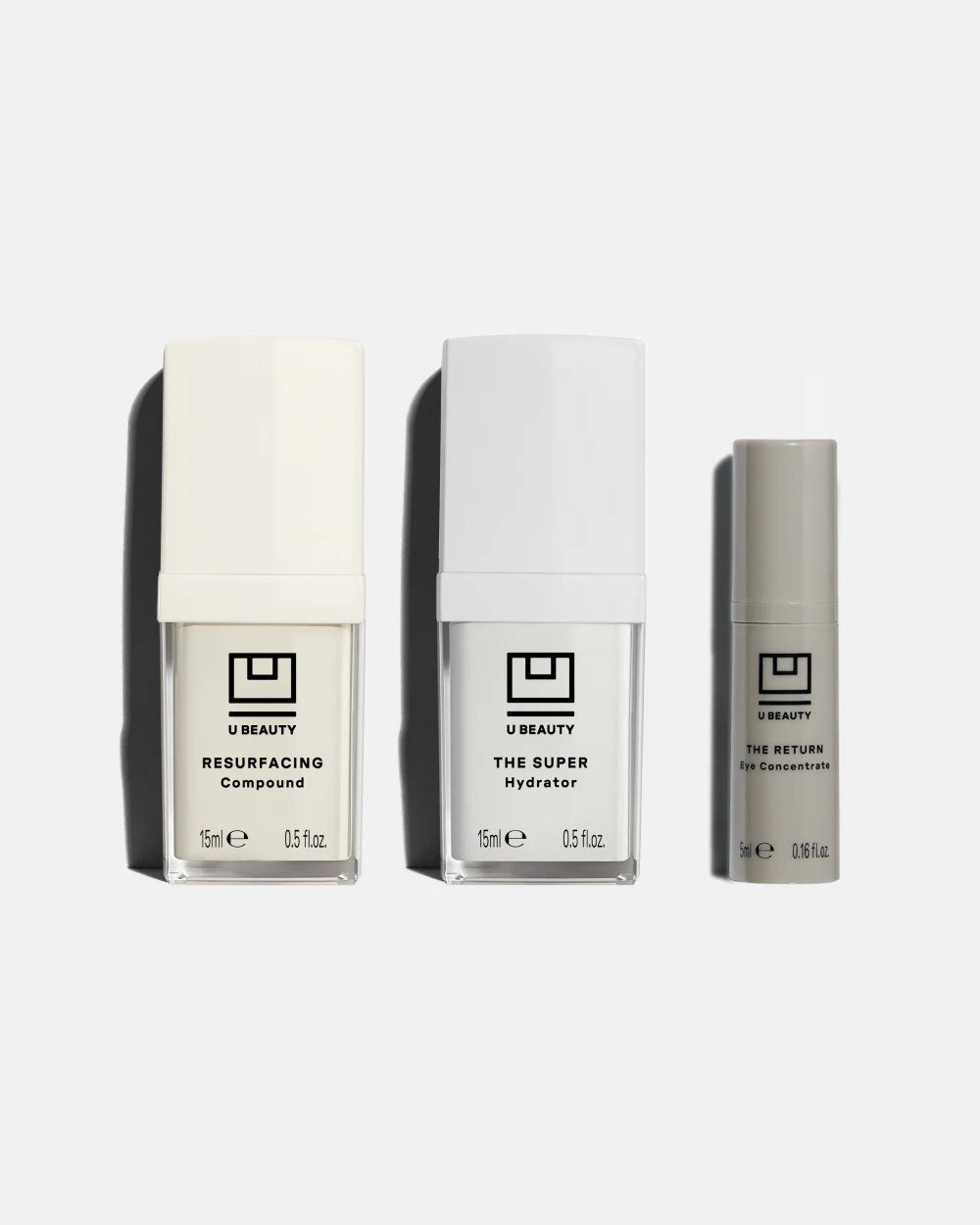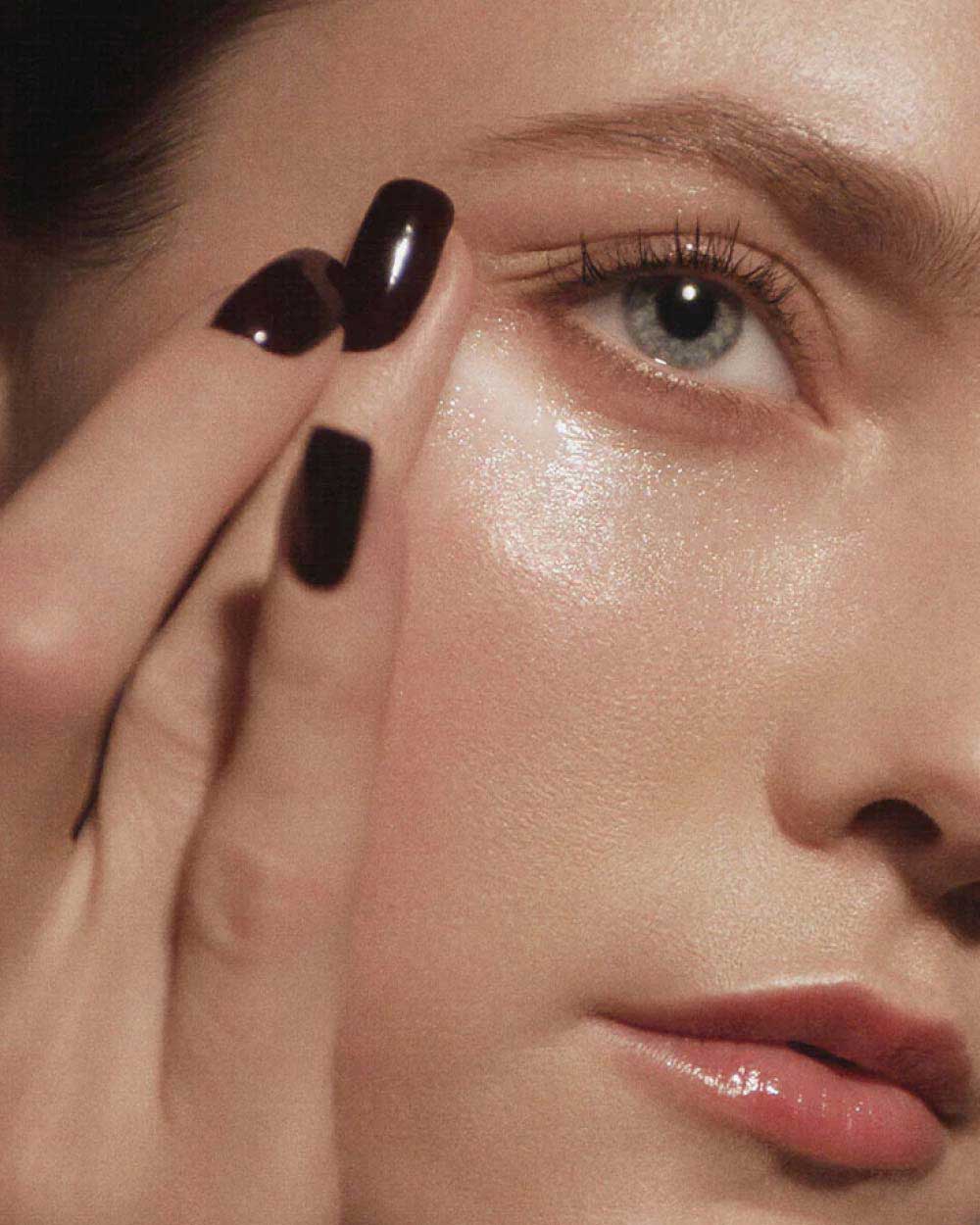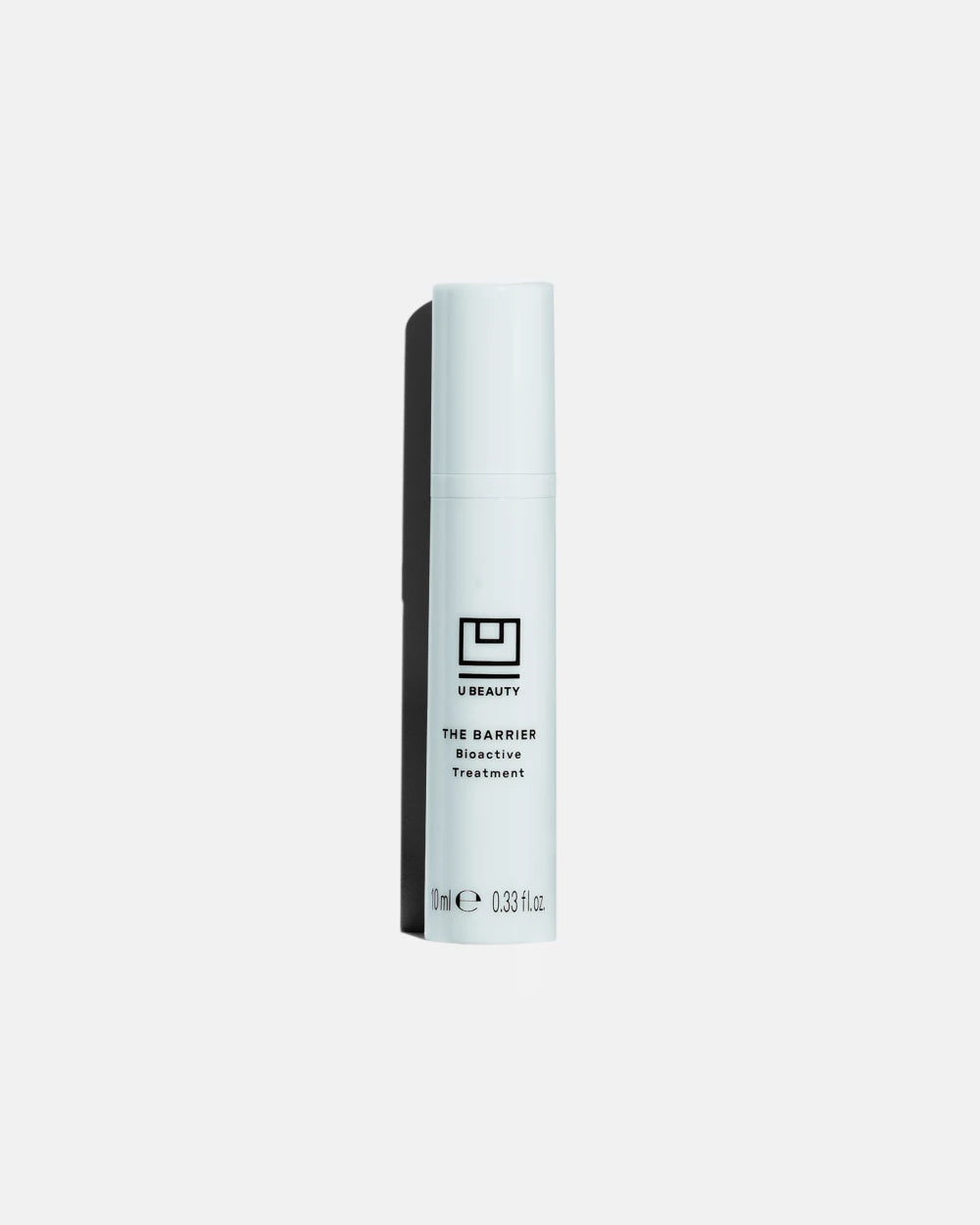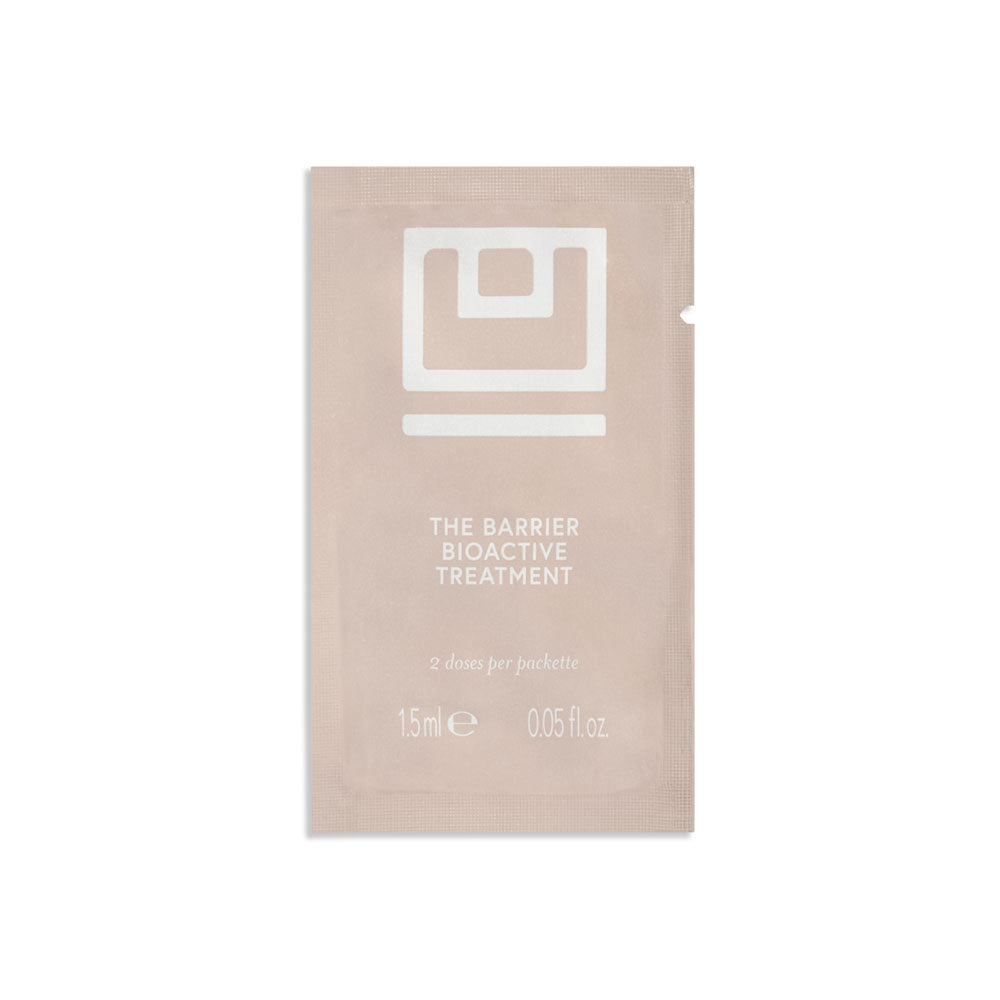Meet the Unknown Skin Heroes

Meet the Unknown Skin Heroes
Unsung and obscure: Here’s our roundup of edible ingredients you should be incorporating into your diet. Because it’s not just on the outside what counts when it comes to achieving skin that makes people stop and say, “Your skin is glowing!”
1. Bitter Gourd
What it is: A tropical vine also known as bitter melon that's closely related to zucchini, squash, pumpkin, and cucumber. Some say it's a fruit, others insist vegetable. Either way, it's got double the calcium of spinach, beta-carotene of broccoli, and the potassium of a banana.
What it does: Think softer, glowier skin, even more lustrous hair. Rich in antioxidants, like vitamins C and A and packed with polyphenols, it's blood-purifying and inflammation-lowering. It's also known to reduce acne, treat psoriasis and eczema and help protect you from the sun's UV rays.
How to eat it: Toss a bunch in your blender with half a cup of filtered water and blend until it's a smooth juice. Strain with another half-cup of water and add as much lemon juice, salt, and maybe even some pepper as you like to mellow out the taste. (There's a reason the word "bitter" is in the name.)
2. Goji Berries
What it is: An antioxidant-packed fruit that's full of good things, like vitamin C, carotenoids, zinc and other minerals and polysaccharides. The goji berry also boasts a whopping 17 amino acids, which aid in hydration.
What it does: Known for promoting collagen and elastin production, reducing hyperpigmentation (which helps even skin tone) and eliminating oxidative stress, they act as a skin-barrier booster. Oh, and they also help protect the skin against UV damage.
How to eat it: Think of this slightly sweet superfood as upgraded raisins. Keep bags on hand as a go-to snack, no prep required; throw them into your smoothie bowls or oatmeal; or toss them into trail mix. You can also brew your own goji berry tea: Just add a handful to boiled water and let sit for up to 10 minutes.
3. Liquid Chlorophyll
What it is: Credit chlorophyll with giving algae and other plants their rich green color. Even more importantly, it's vital for photosynthesis, aka the survival of life. Extracted, it takes liquid form and
What it does: The question is more like what doesn't it do. This stuff helps clear breakouts. It nourishes the skin and prevents fine lines and wrinkles. It helps your body heal, potentially warding off inflammation and signs of aging. And it promotes red blood cell production, which aids in the delivery of oxygen to your tissues.
How to eat it: Pick up drops that you can add to water: It's that simple. It's also found in plenty of foods, including seaweed, spinach, asparagus, green cabbage, green beans, broccoli and matcha. Oh, and you can apply it topically, especially where you have a wound or feel a pimple coming on.
4. Cilantro
What it is: From the Spanish word coriander, this bright, leafy herb is otherwise known as Chinese and Mexican parsleys, respectively. So just to clarify, cilantro and coriander are the same thing. It's also extremely divisive: Depending on your genes, you either love it or think it tastes like soap (if you're the latter, you're picking up on aldehyde chemicals).
What it does: Full of minerals and antioxidants like vitamin C, folate and beta-carotene, cilantro is a great detoxifier, anti-bacterial and agent for increasing skin elasticity. And with natural antihistamines, cilantro it's a solid remedy for skin irritations. Not to mention it's known for helping rid the body of heavy metals and lowering blood sugar levels,
How to eat it: Try super-hydrating and skin-clearing cilantro-lemon water. Just add sprigs and slices to a large pitcher of distilled water and give it a vigorous stir. Allow it set out until it reaches room temperature, then refrigerate overnight and it'll be ready by morning. Feel free to add honey and fruit, like mango or blackberries, for a sweeter flavor.
5. Snow Fungus
What it is: A mushroom that's been used in Chinese medicine for thousands of years for for health and skincare maintenance. It's also sometimes called silver ear mushroom and white wood ear and technically named tremella fuciformis.
What it does: With benefits similar to those of hyaluronic acid, it helps draw moisture into the skin, holds up to 500x its weight in water, aids in the production of collagen and helps enhance skin strength and elasticity.
How to eat it: Prized for its translucent appearance and crunchy texture, it's popular in dry form. Here's an easy recipe for detoxifying Snow Fungus Pear Soup:
-You can find dried snow fungus in most Chinese grocery stores. You'll want to get about 25g and let it soak overnight to rehydrate it, so a little planning is in order.
-The next day, start by trimming away the rough root. It's darker than the rest of the fungus. Then cut the desired part into smaller pieces.
-Use a pot with a thick bottom or Dutch oven to retain as much liquid as possible while cooking.
-Add the fungus along with 8-10 cups of water to the pot and bring to a boil. Then reduce to medium heat, cover and let simmer for 30 minutes.
-Peel and cut 1-3 large Asian pears into small shred-like pieces, add to the soup, cover and give it another 30 minutes.
-Next, add dried dates (20g), goji berries (2 tbsp.) and/or rock sugar (to taste) depending on how sweet you want to make it.
-Cover again and simmer until the snow fungus turns a pale amber color, pears are soft and broth is thick and syrupy. This usually takes 1-2 hours.
-That's it! Pour and serve


